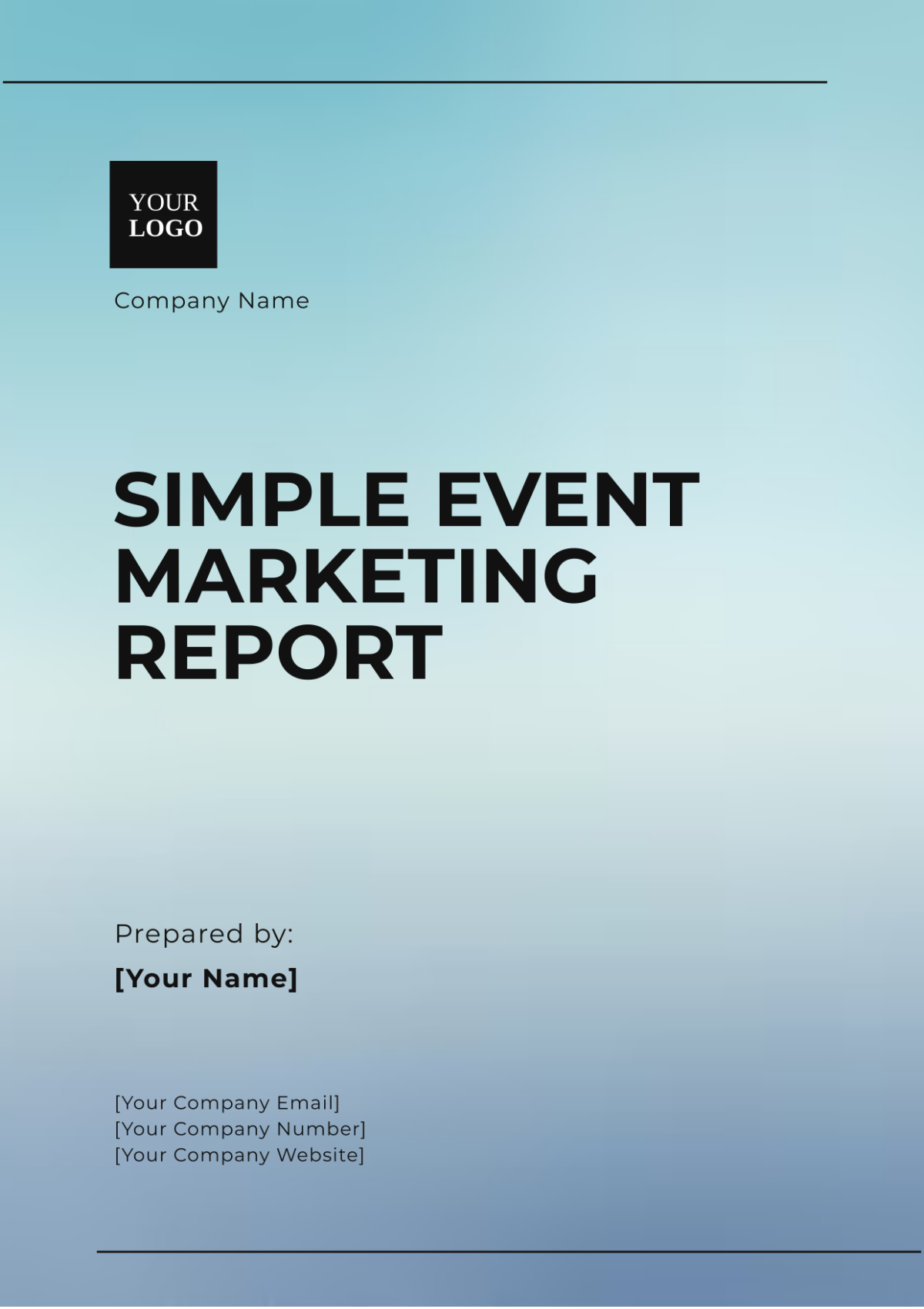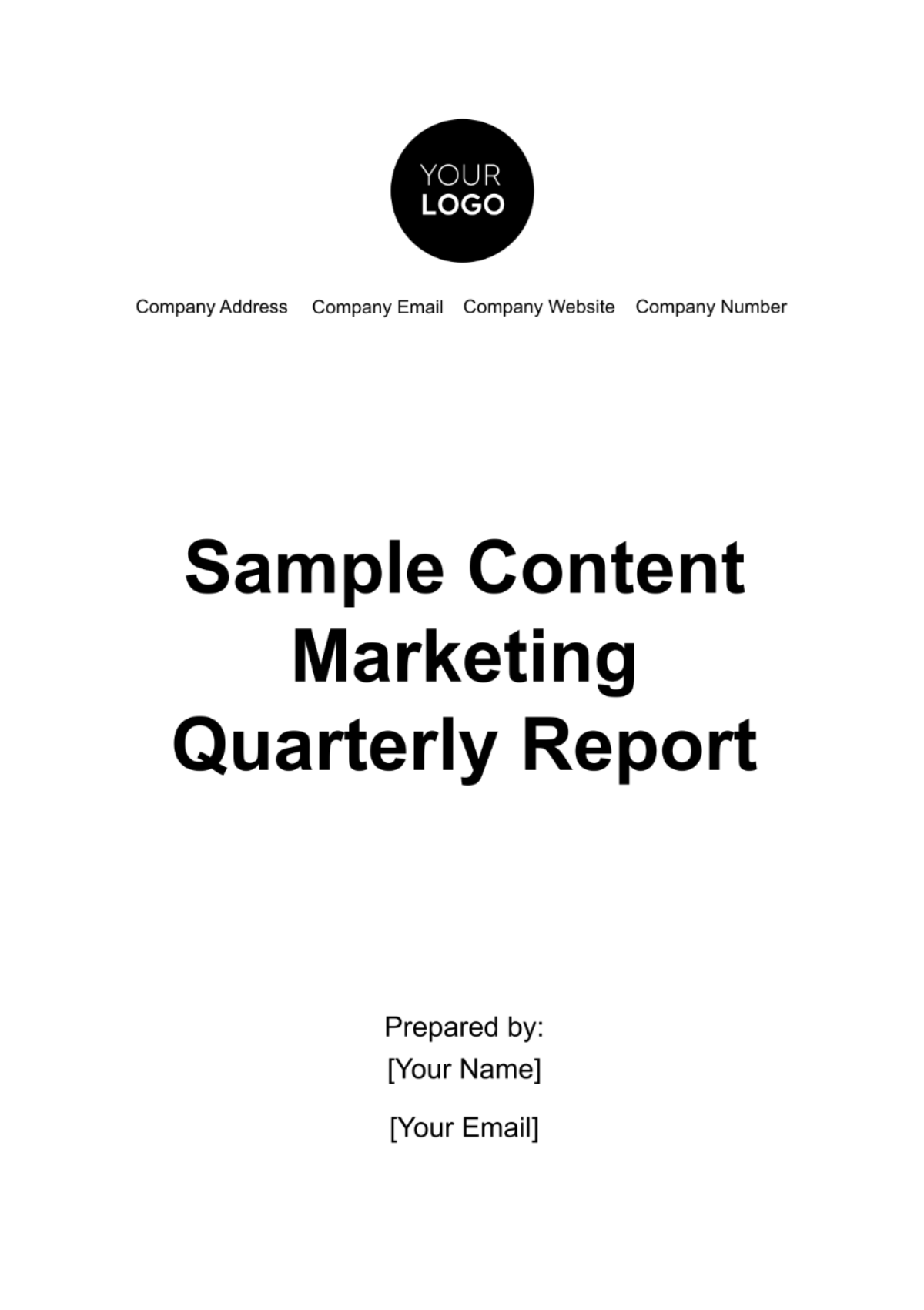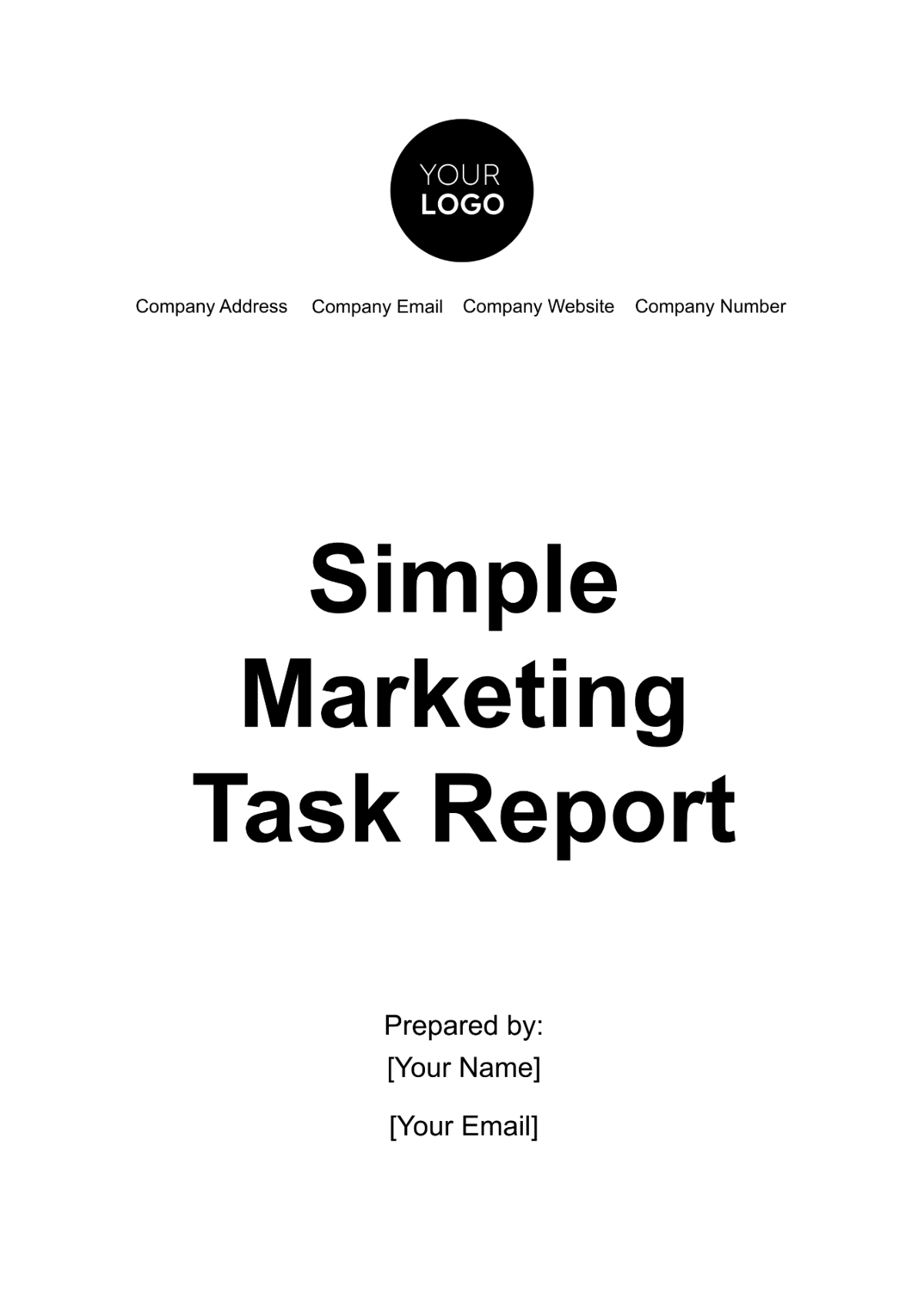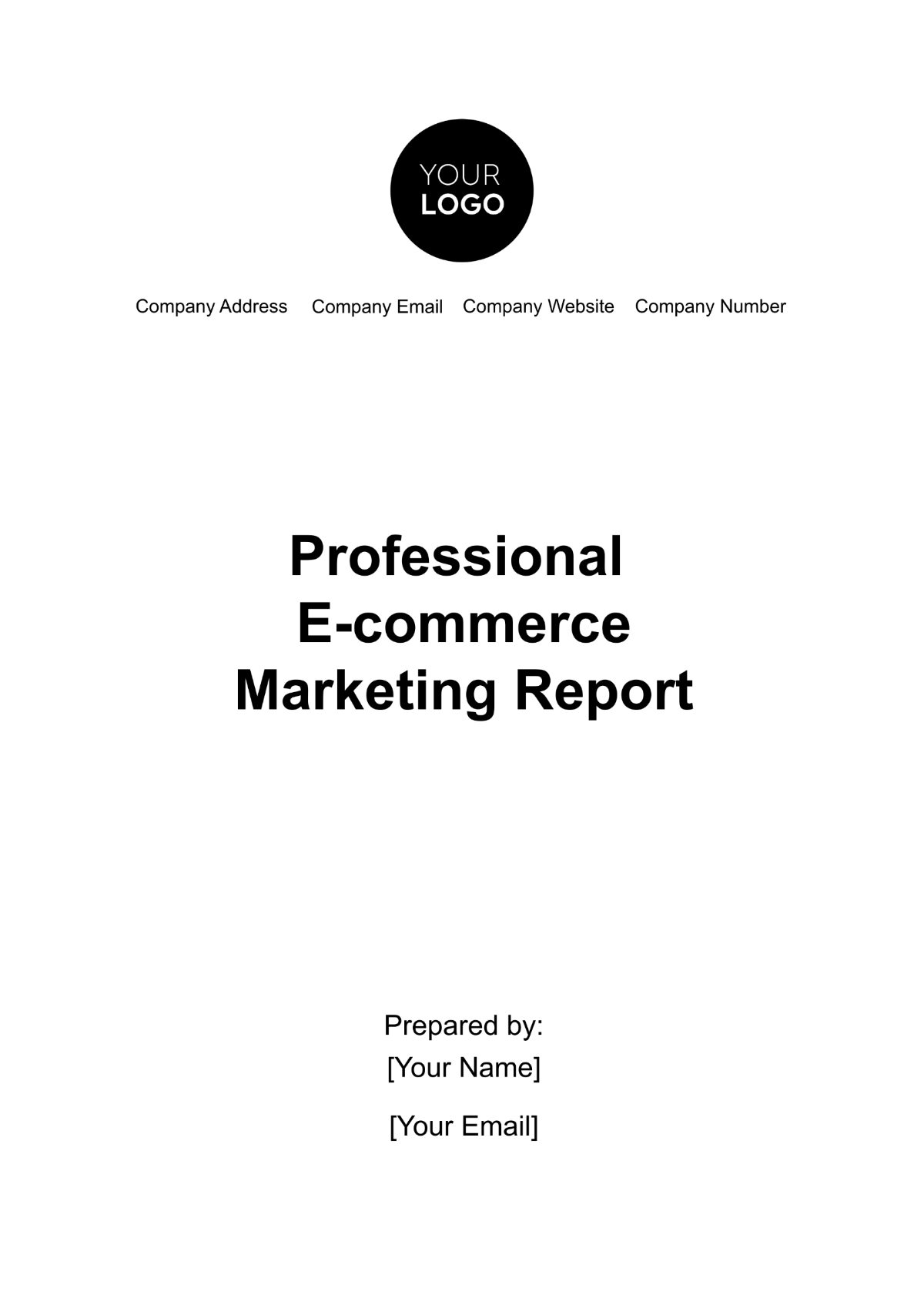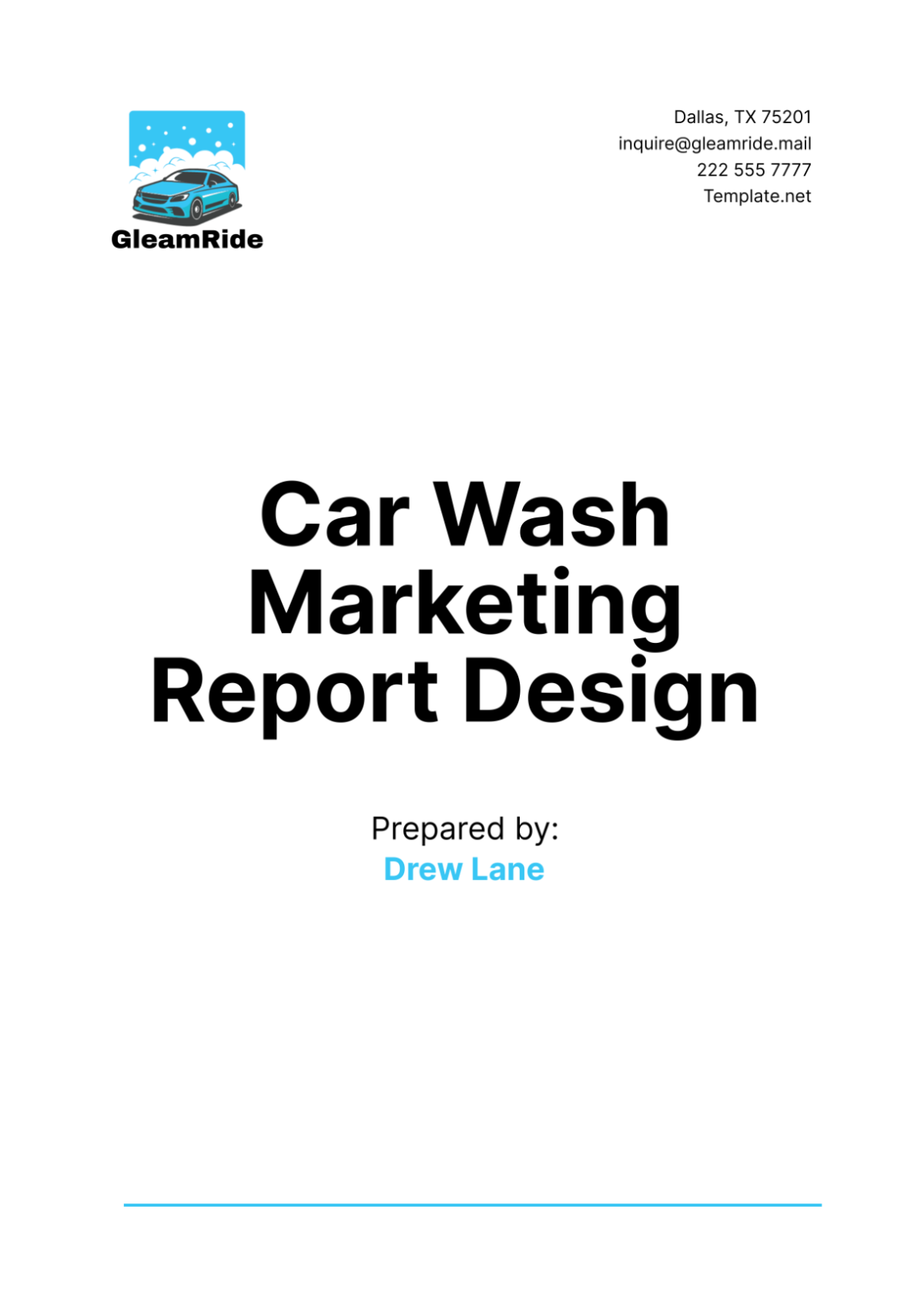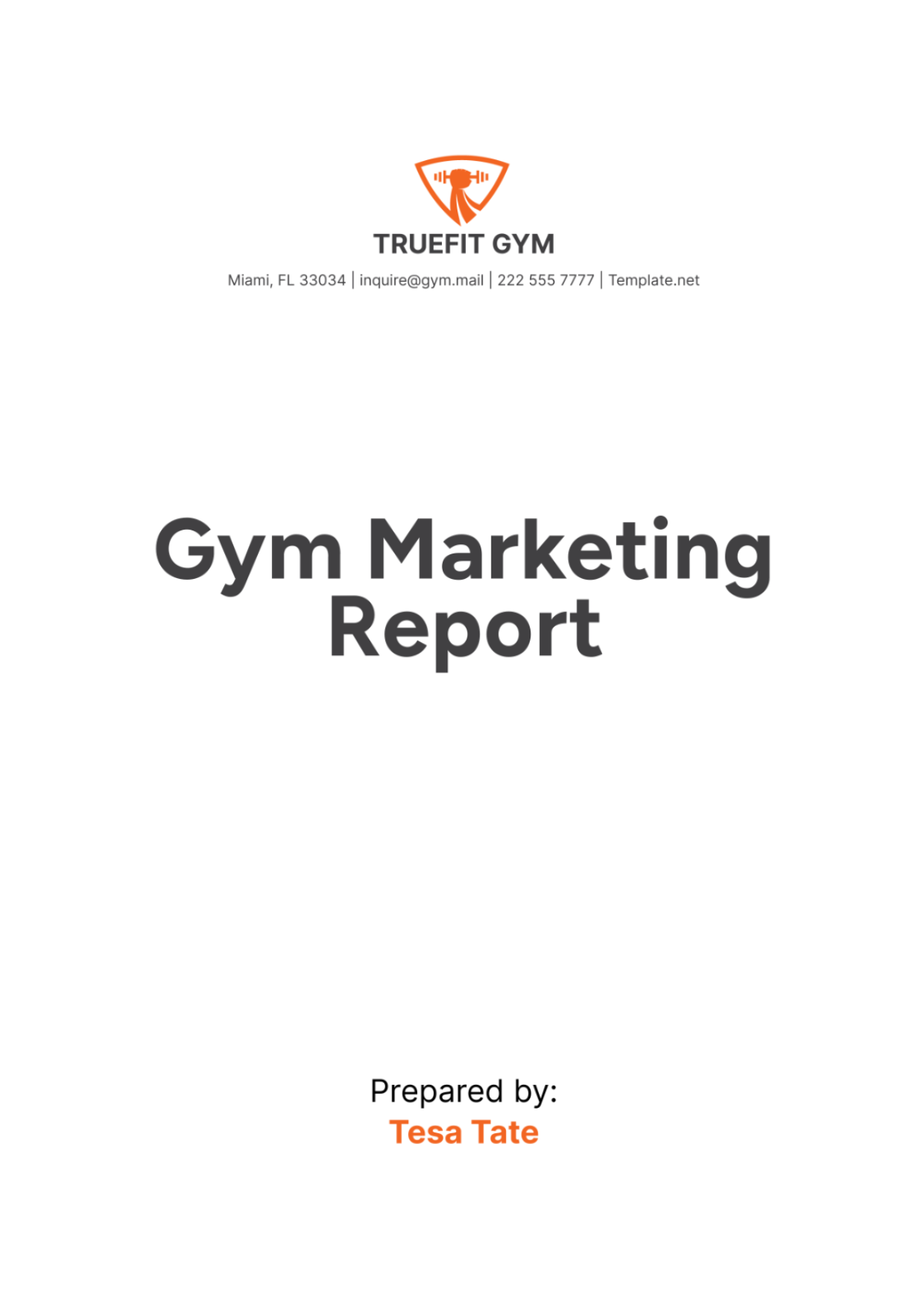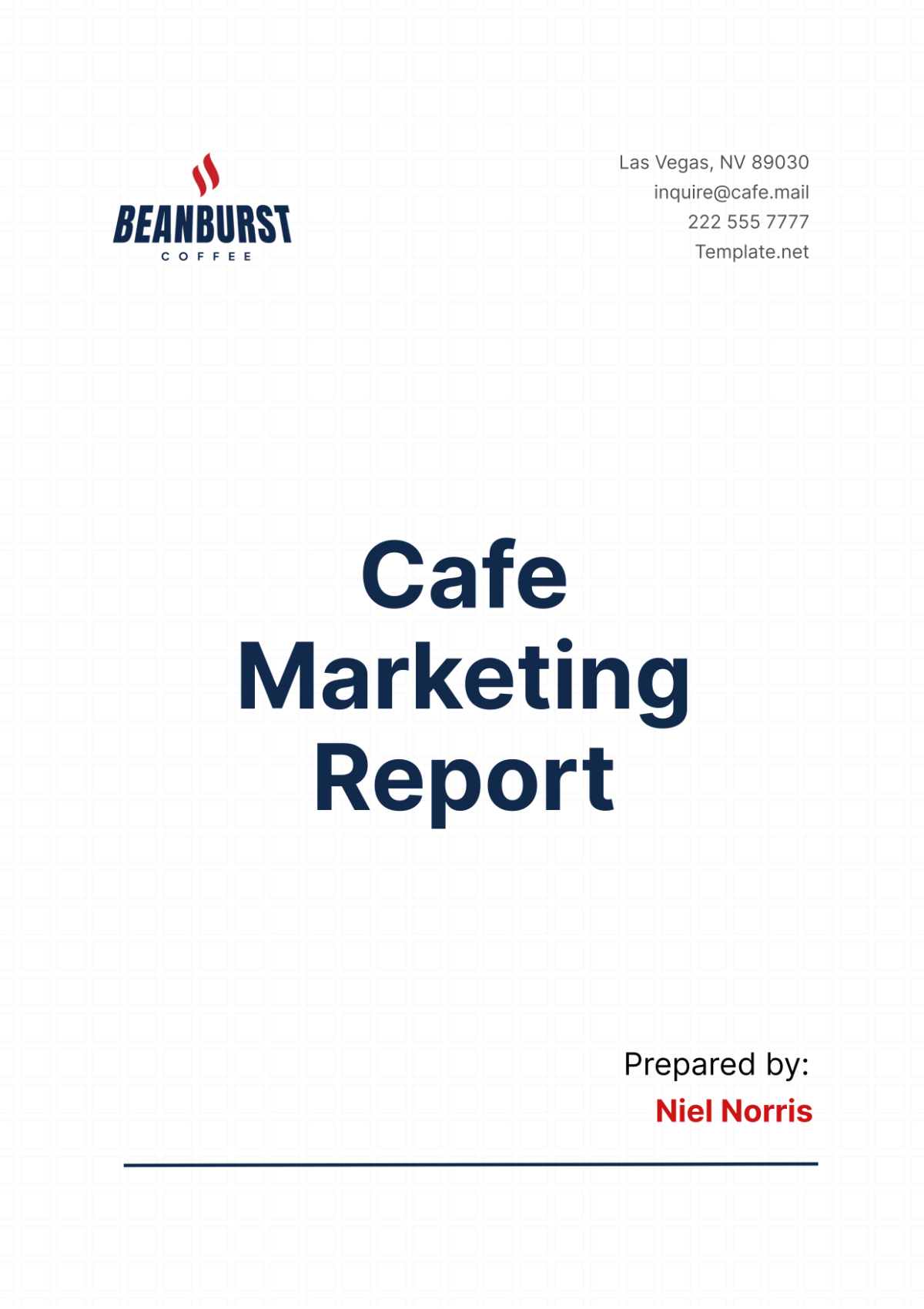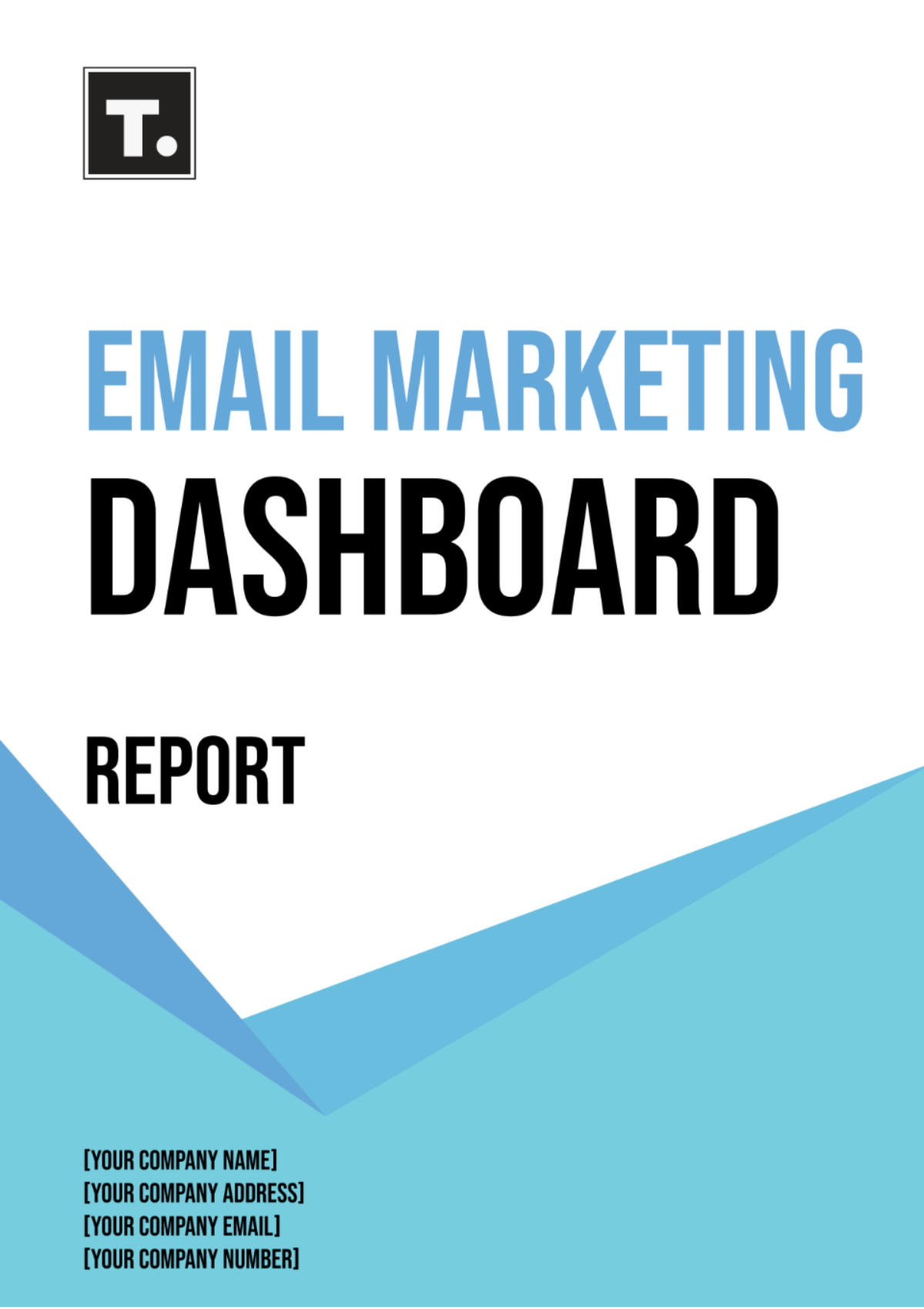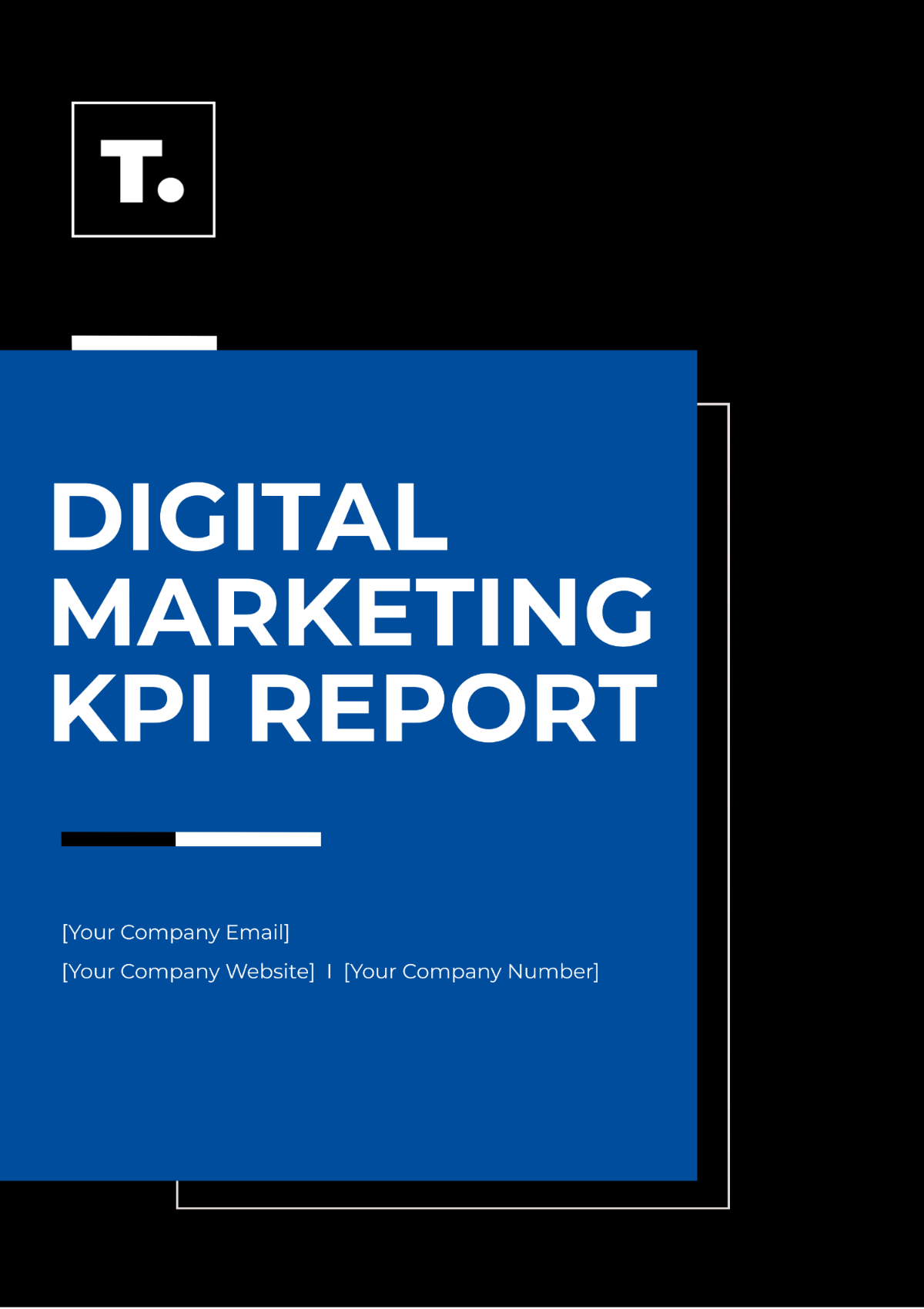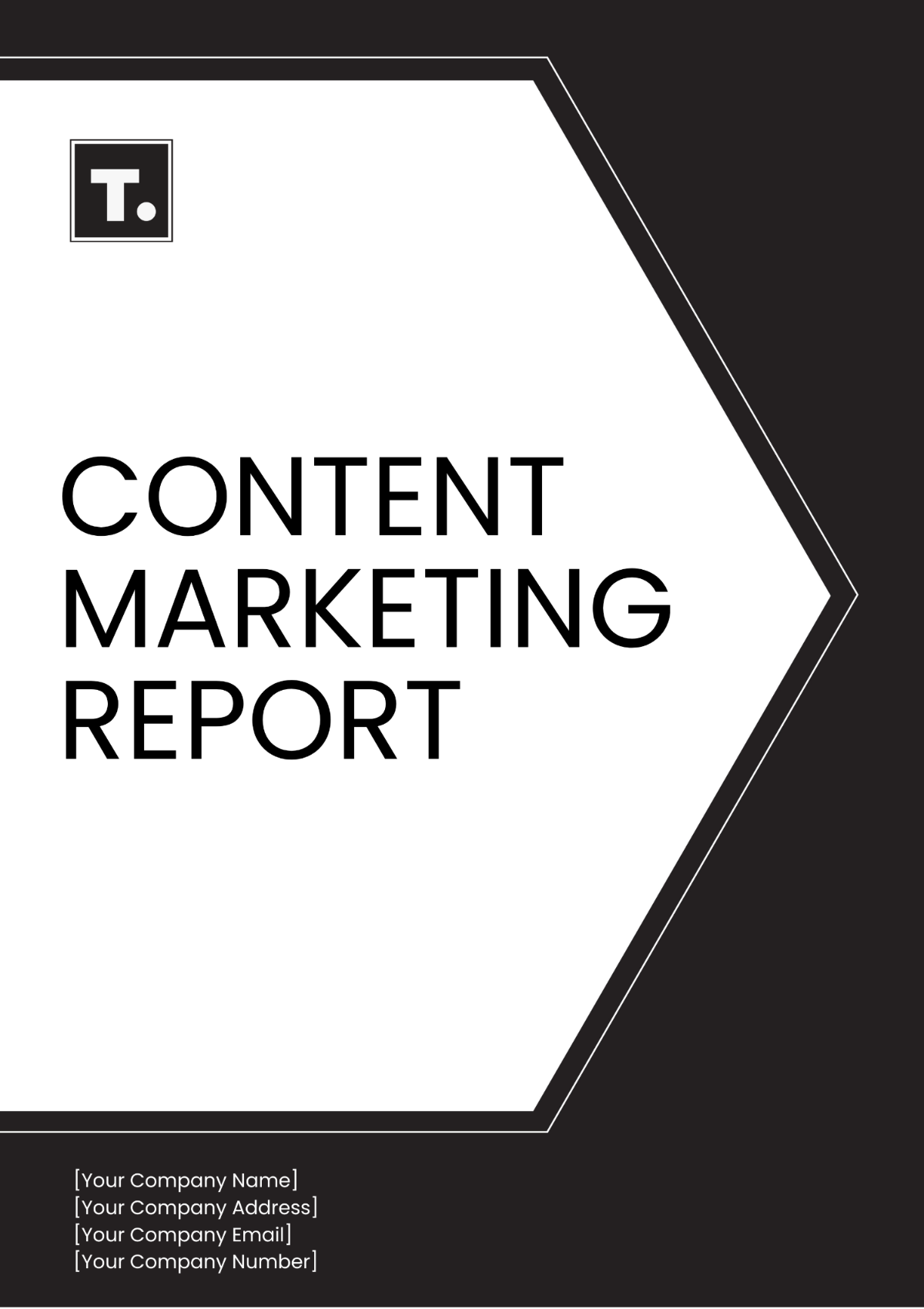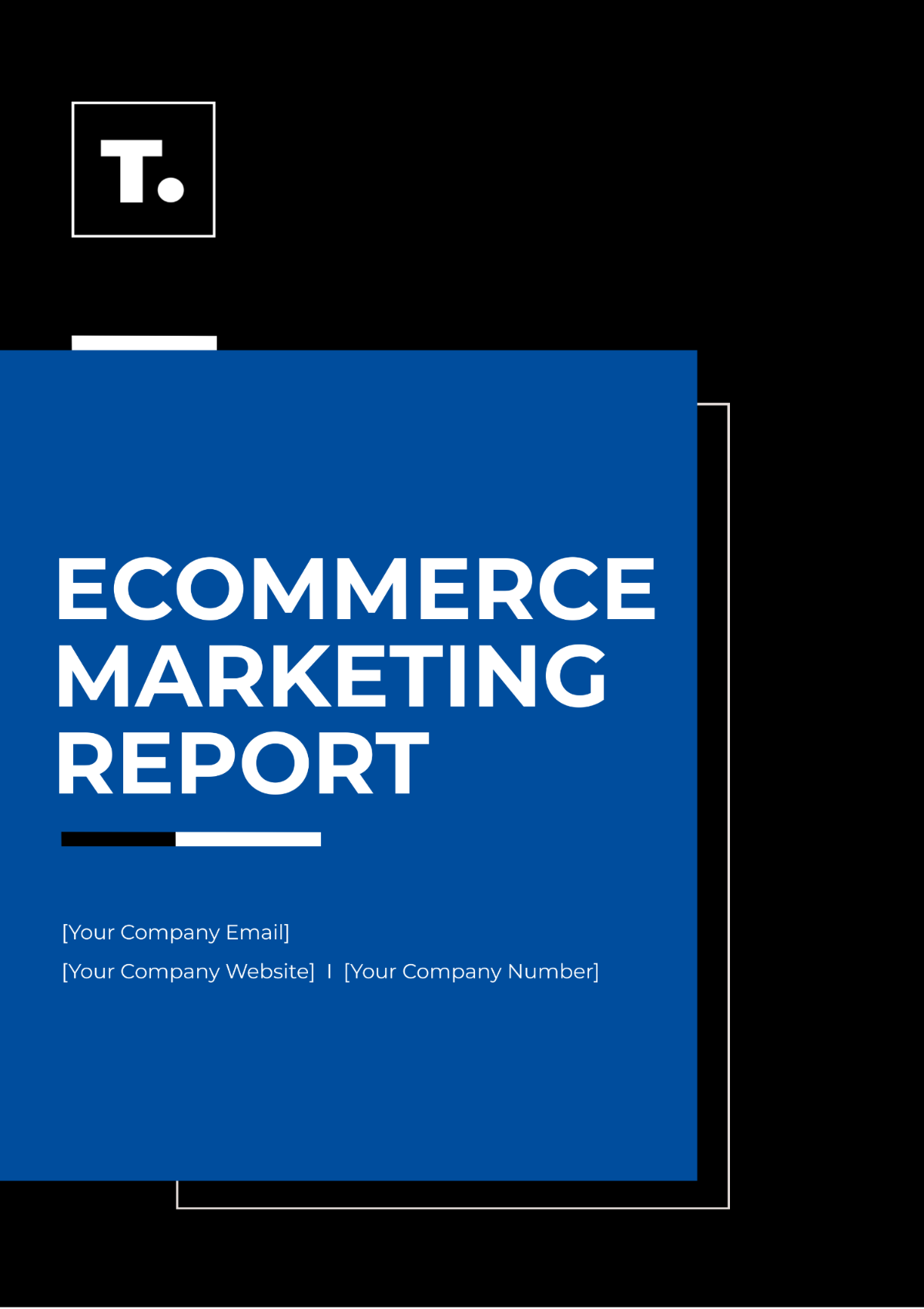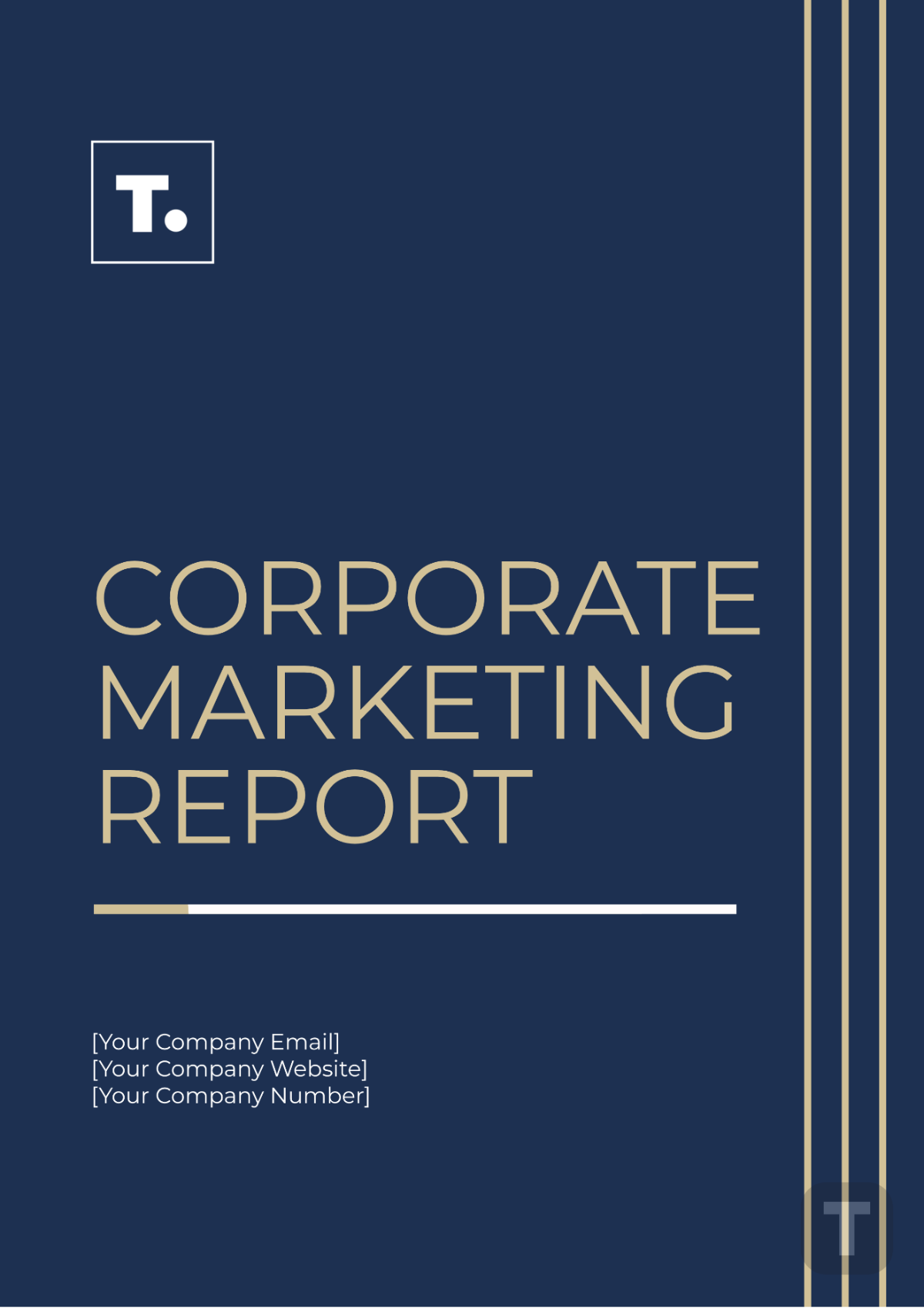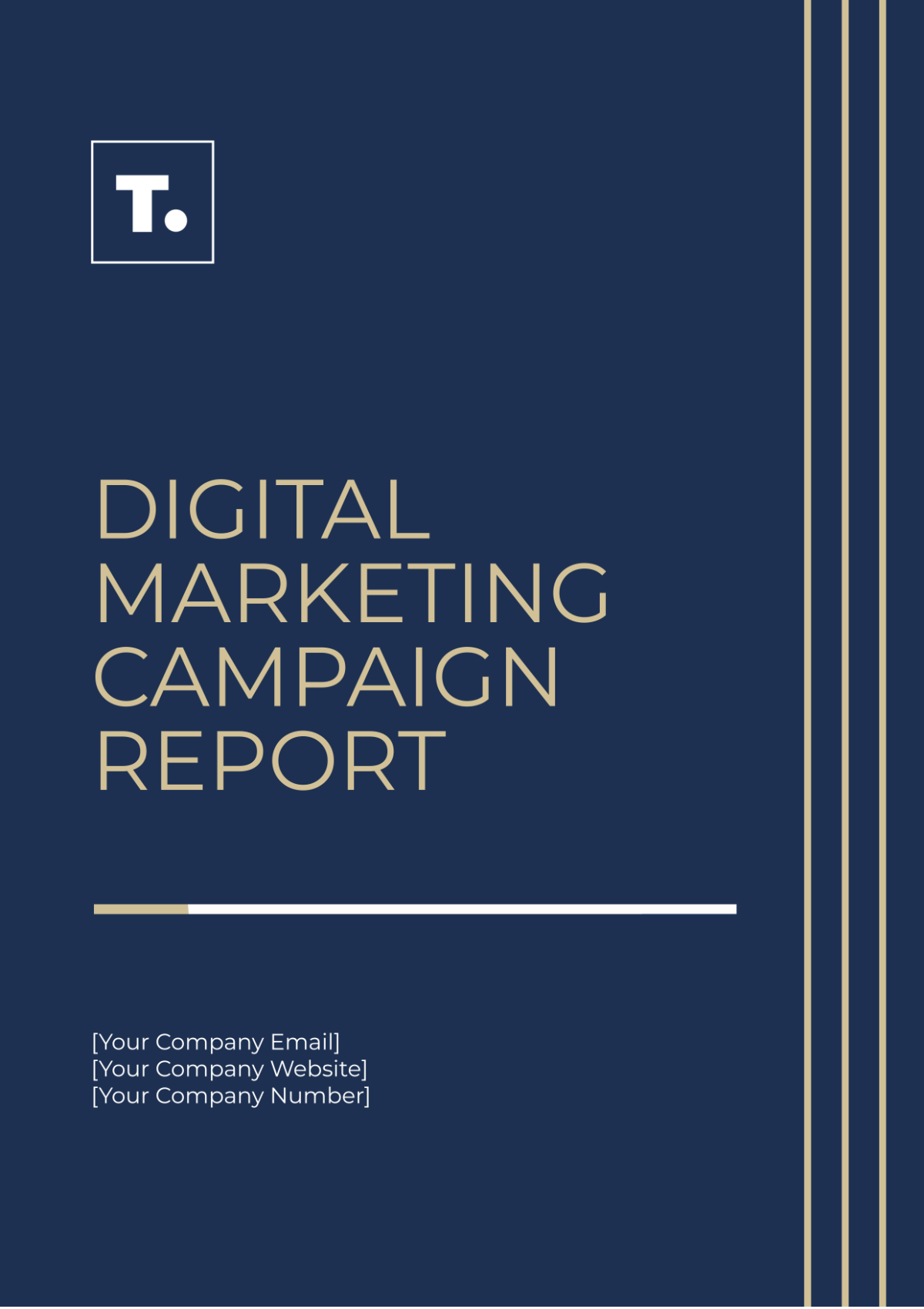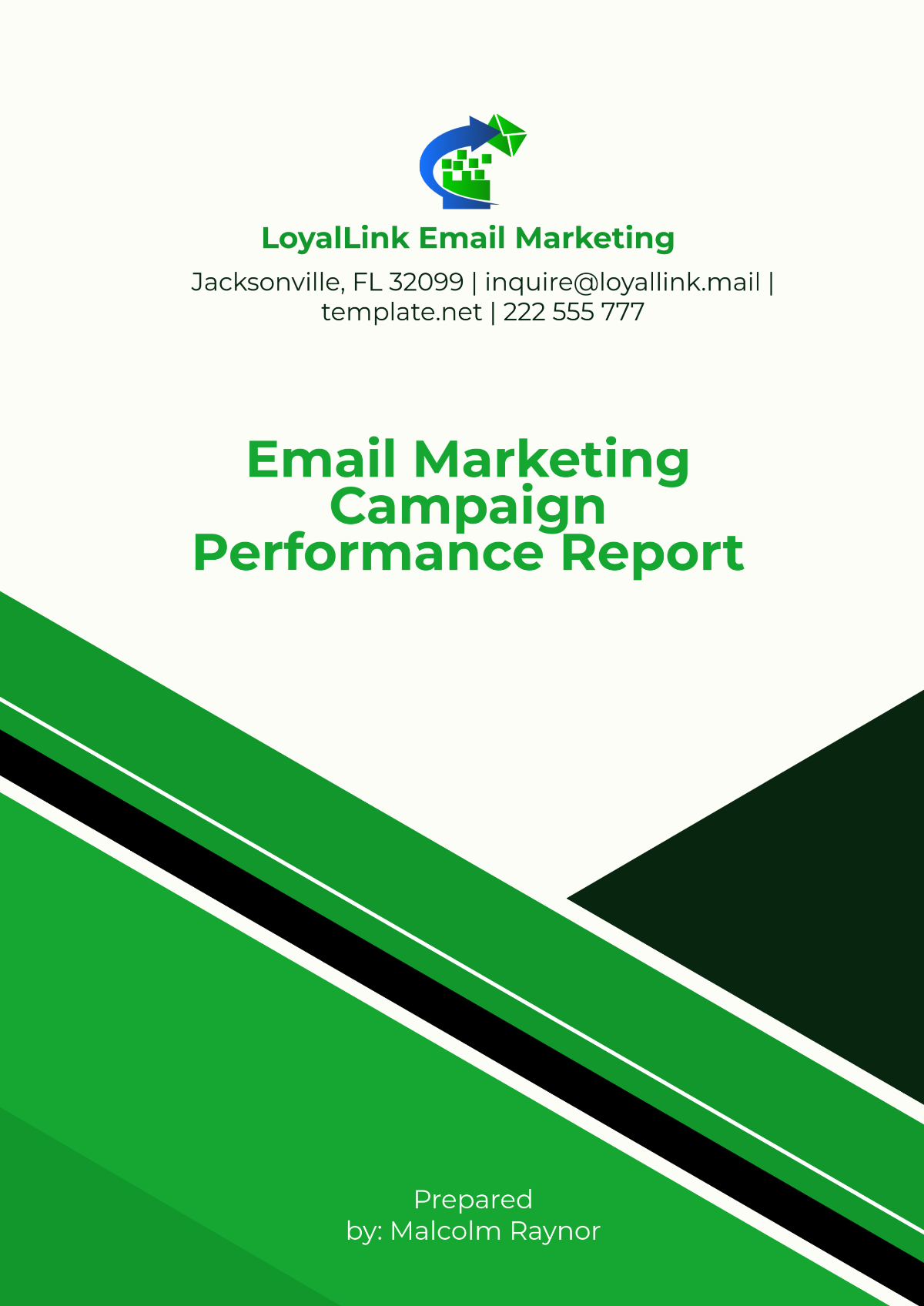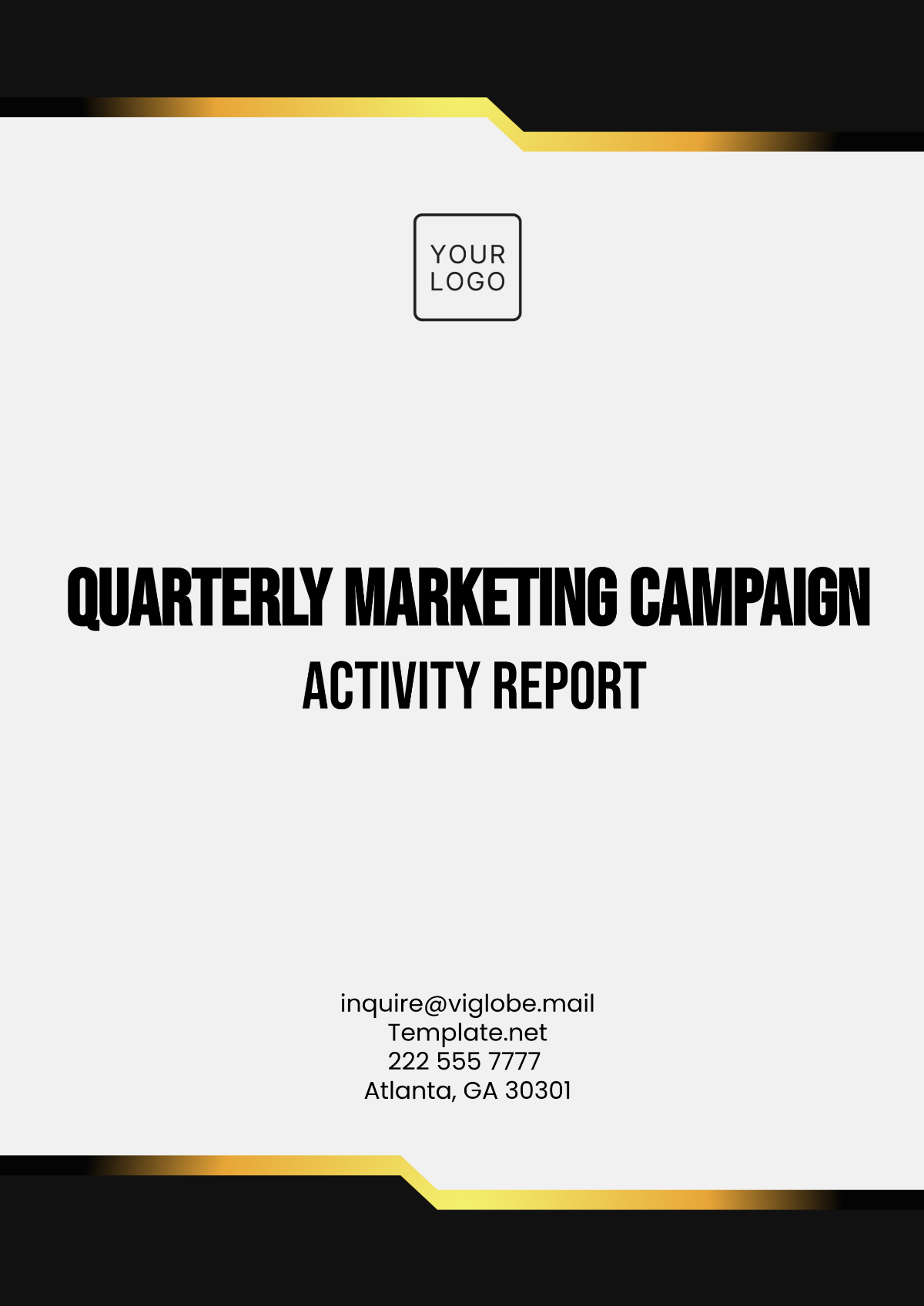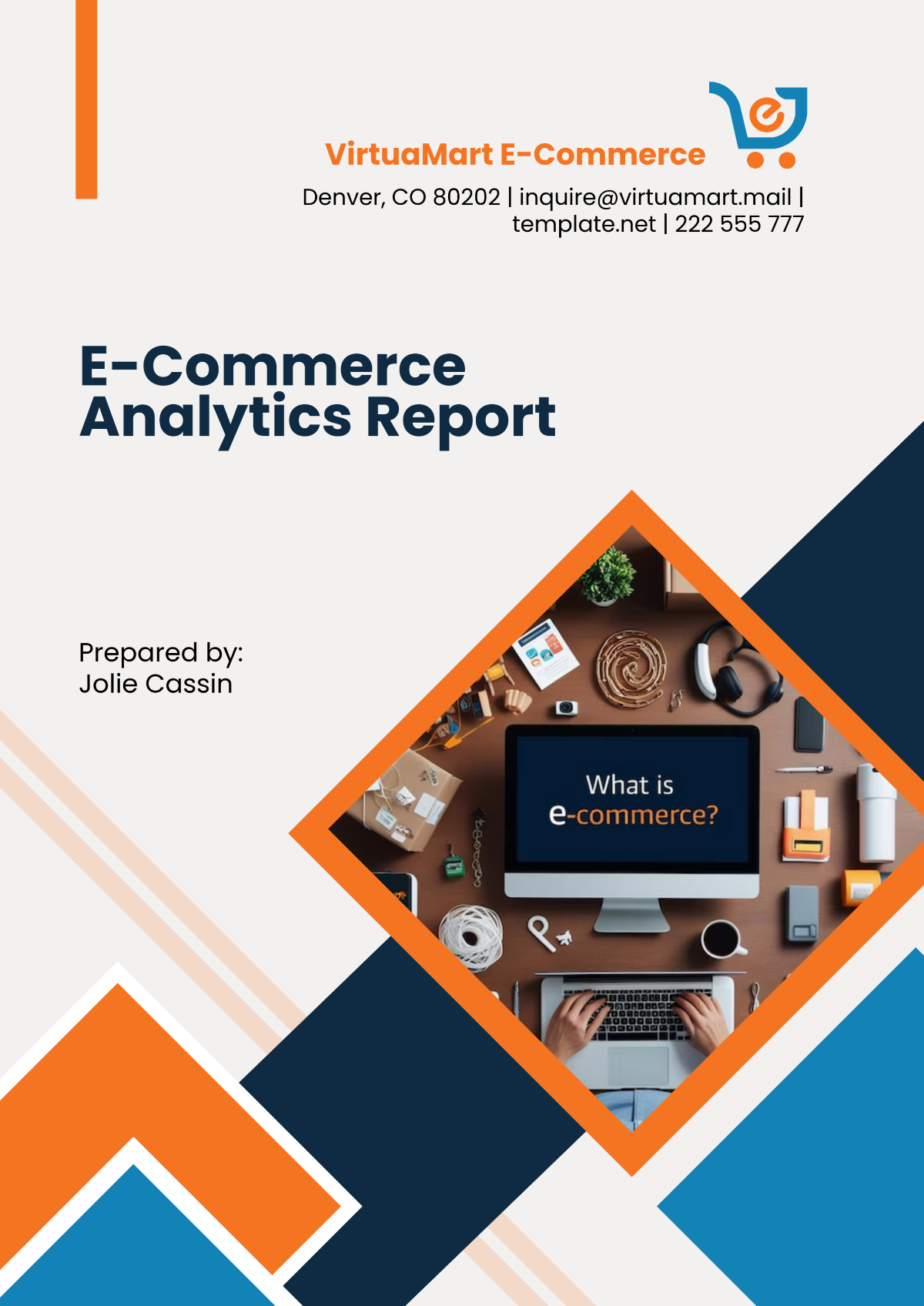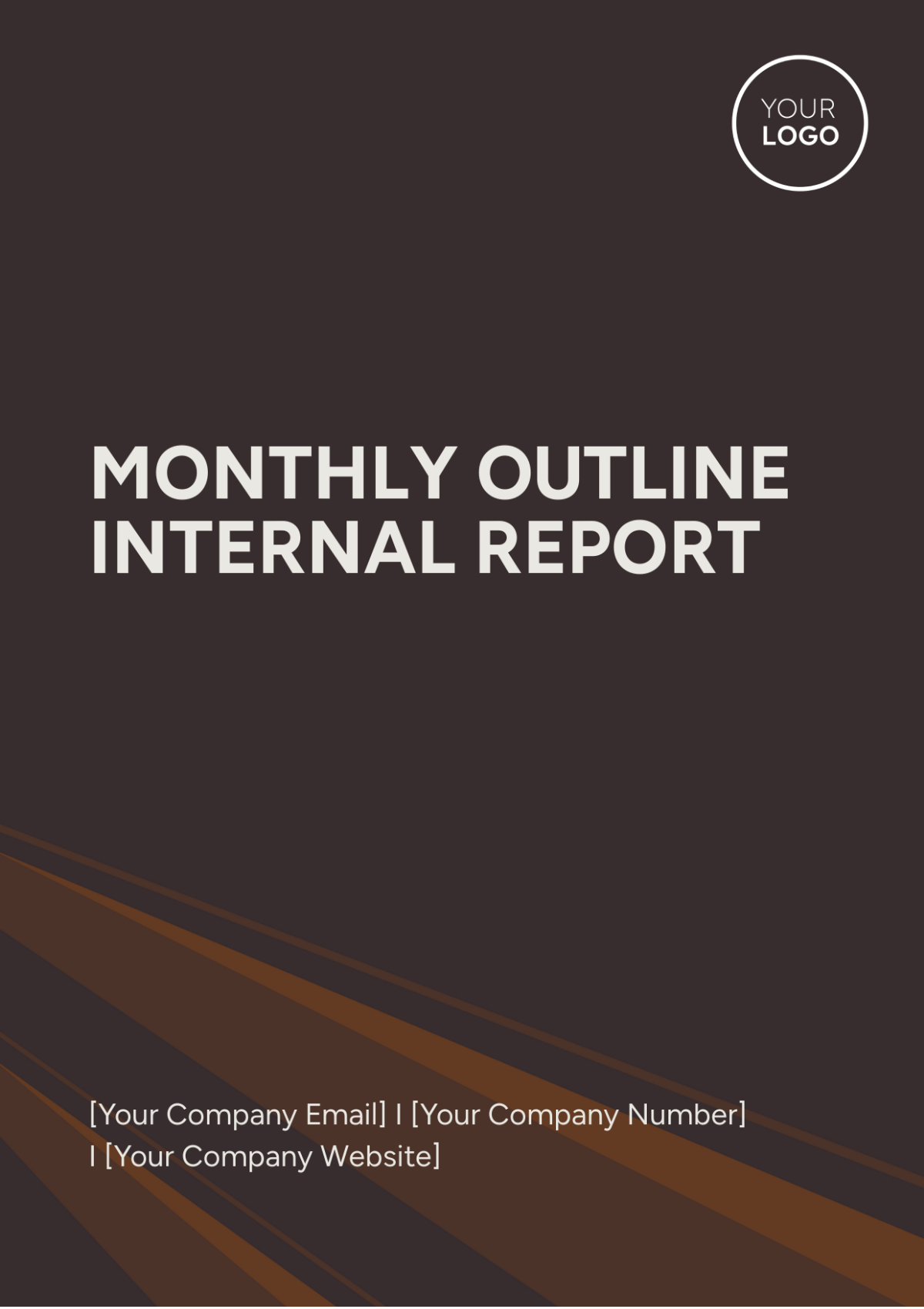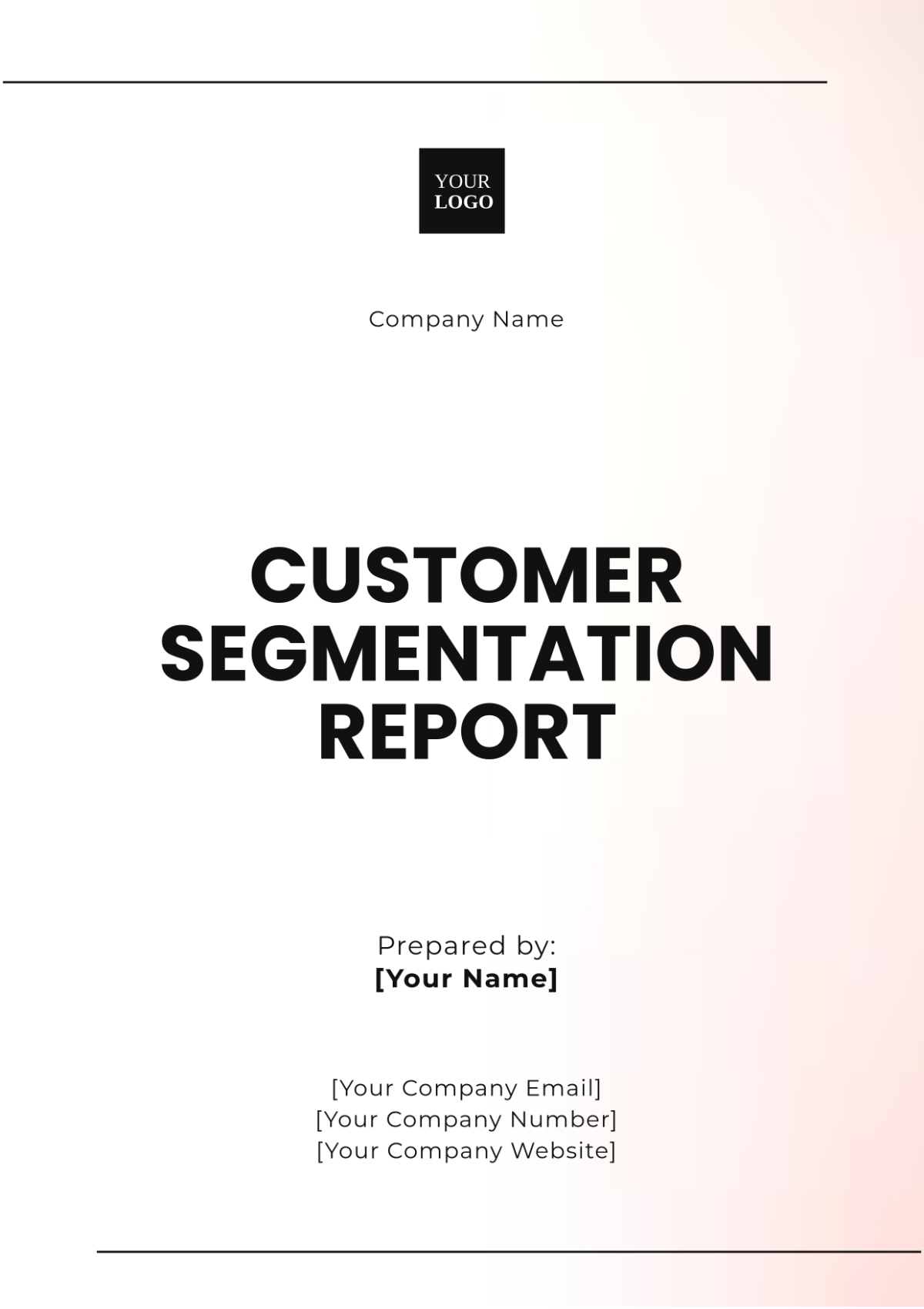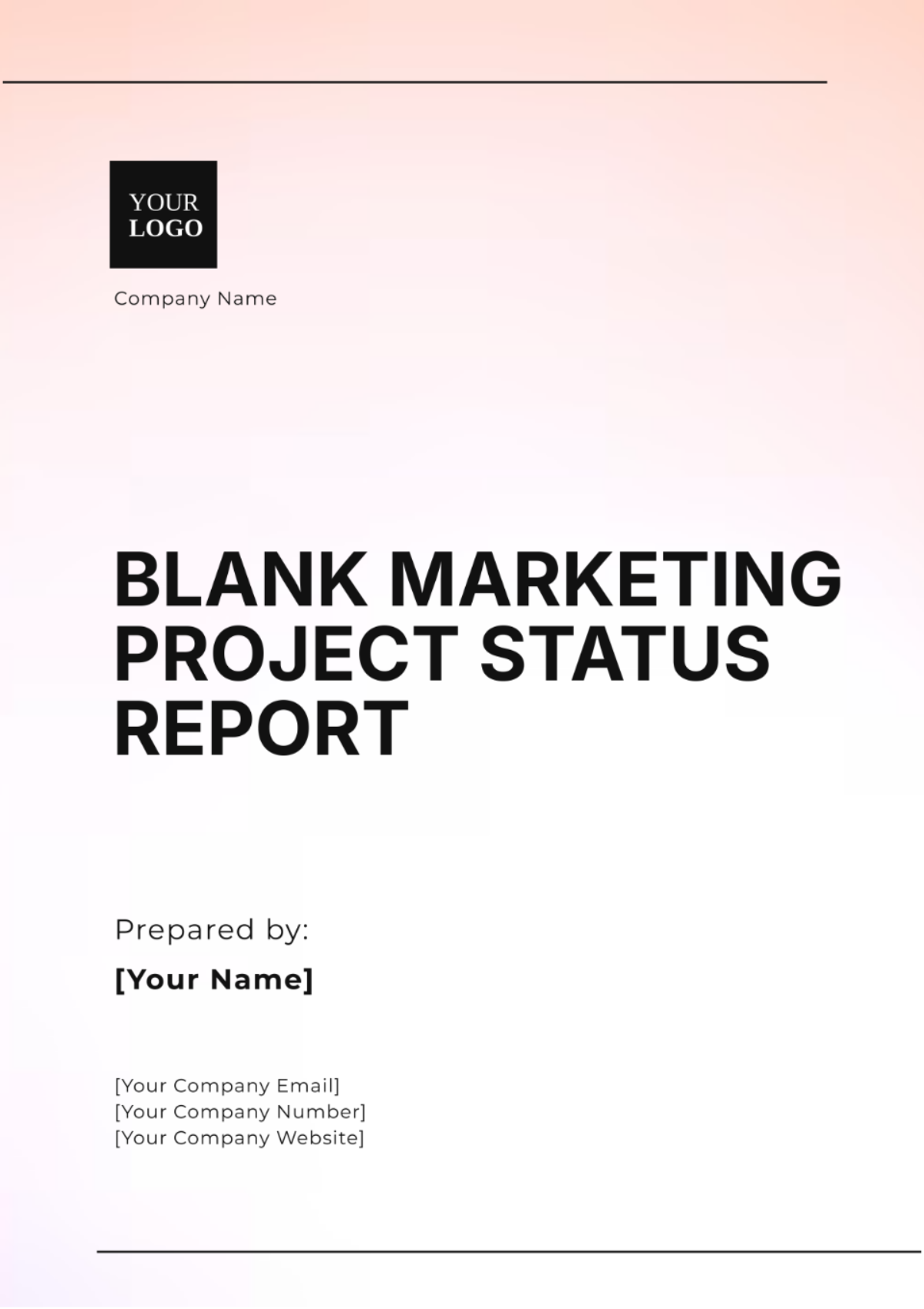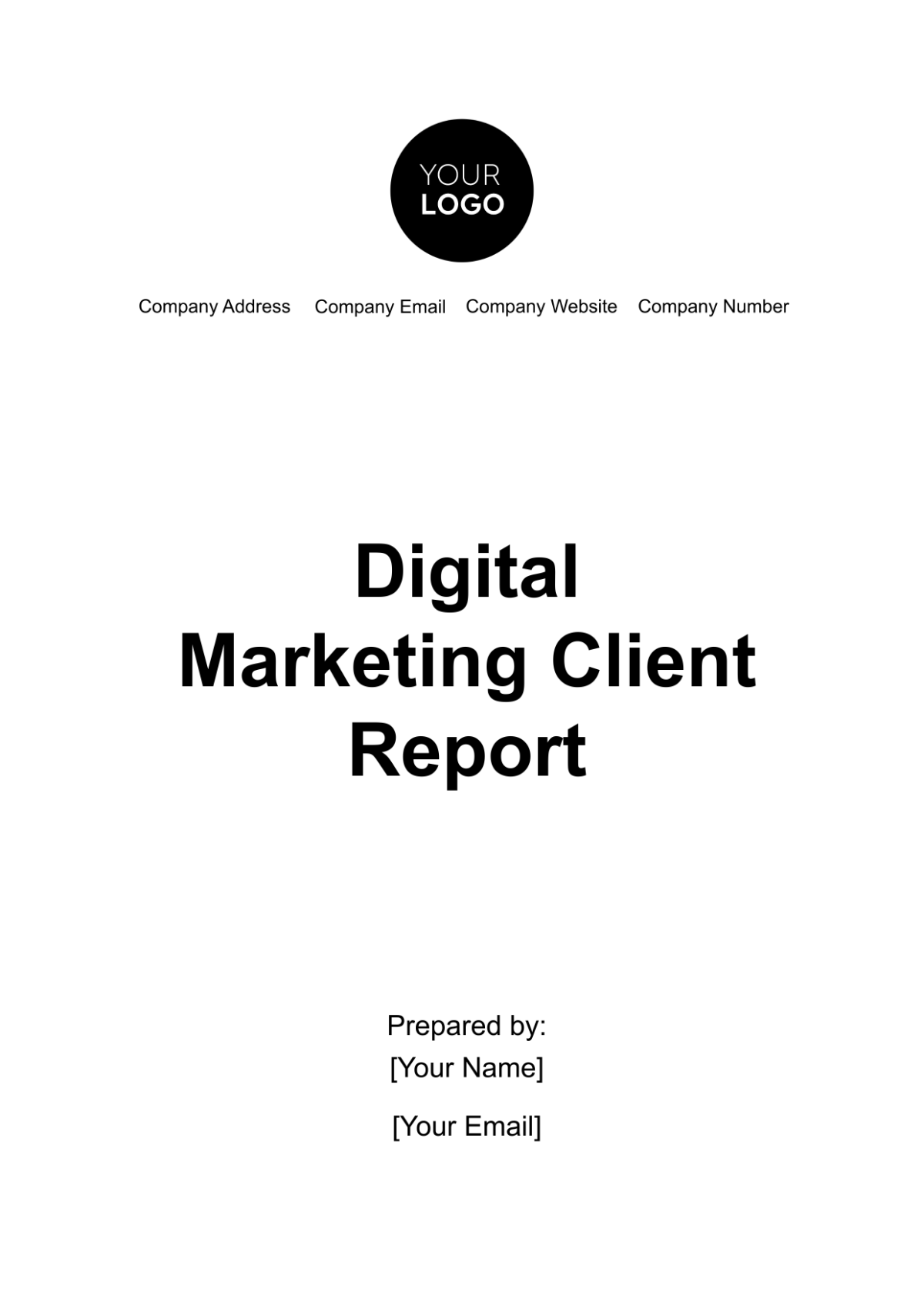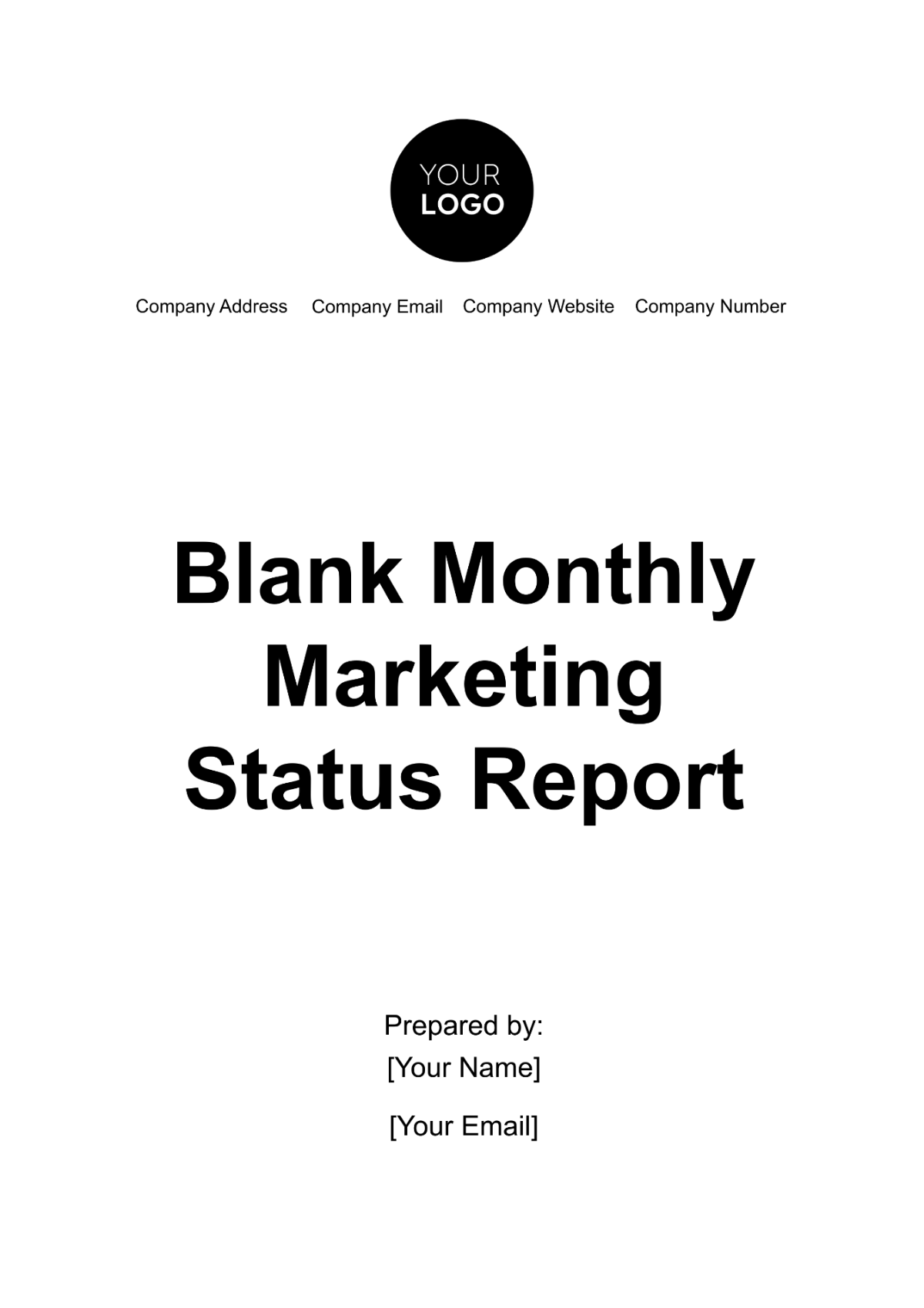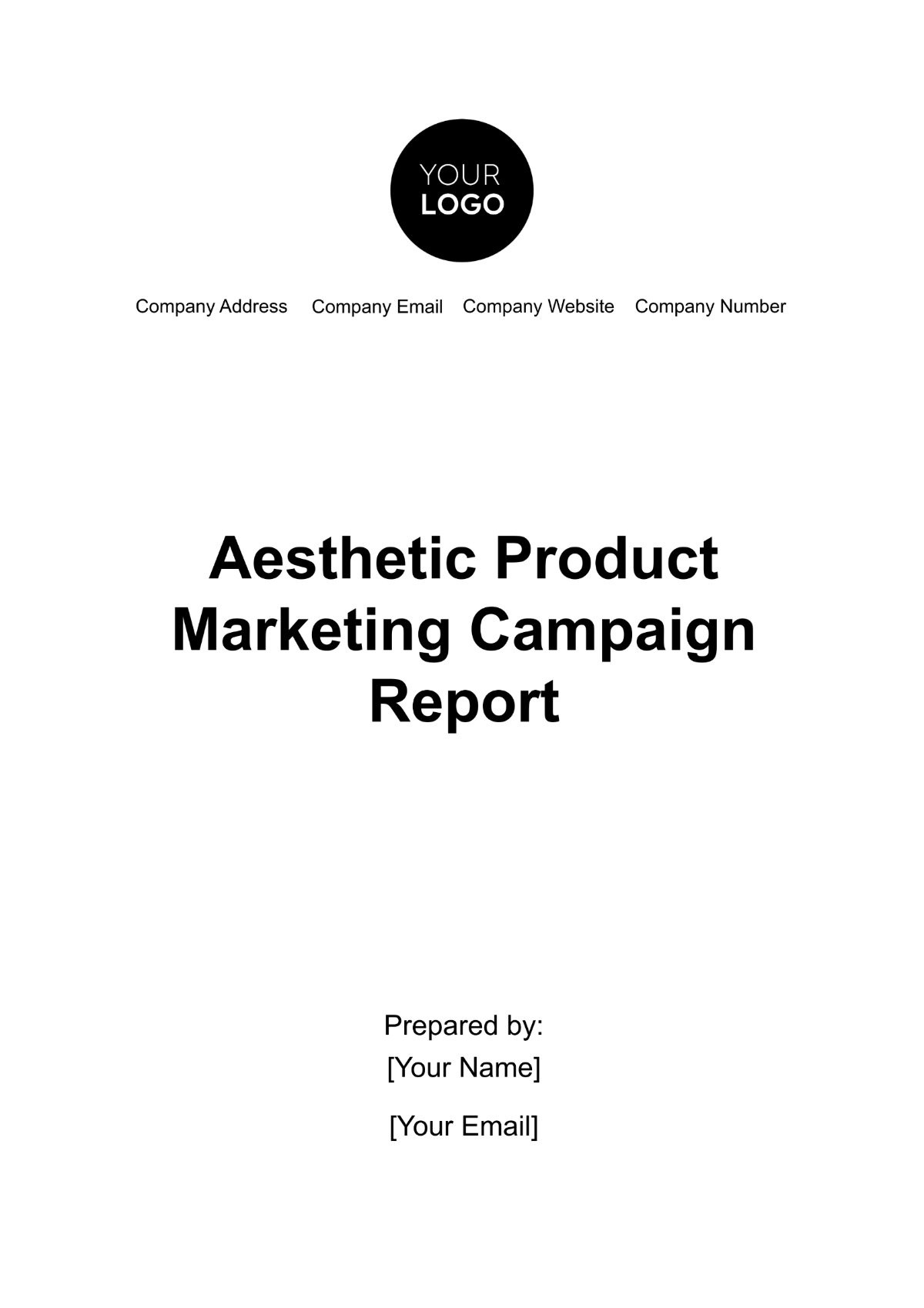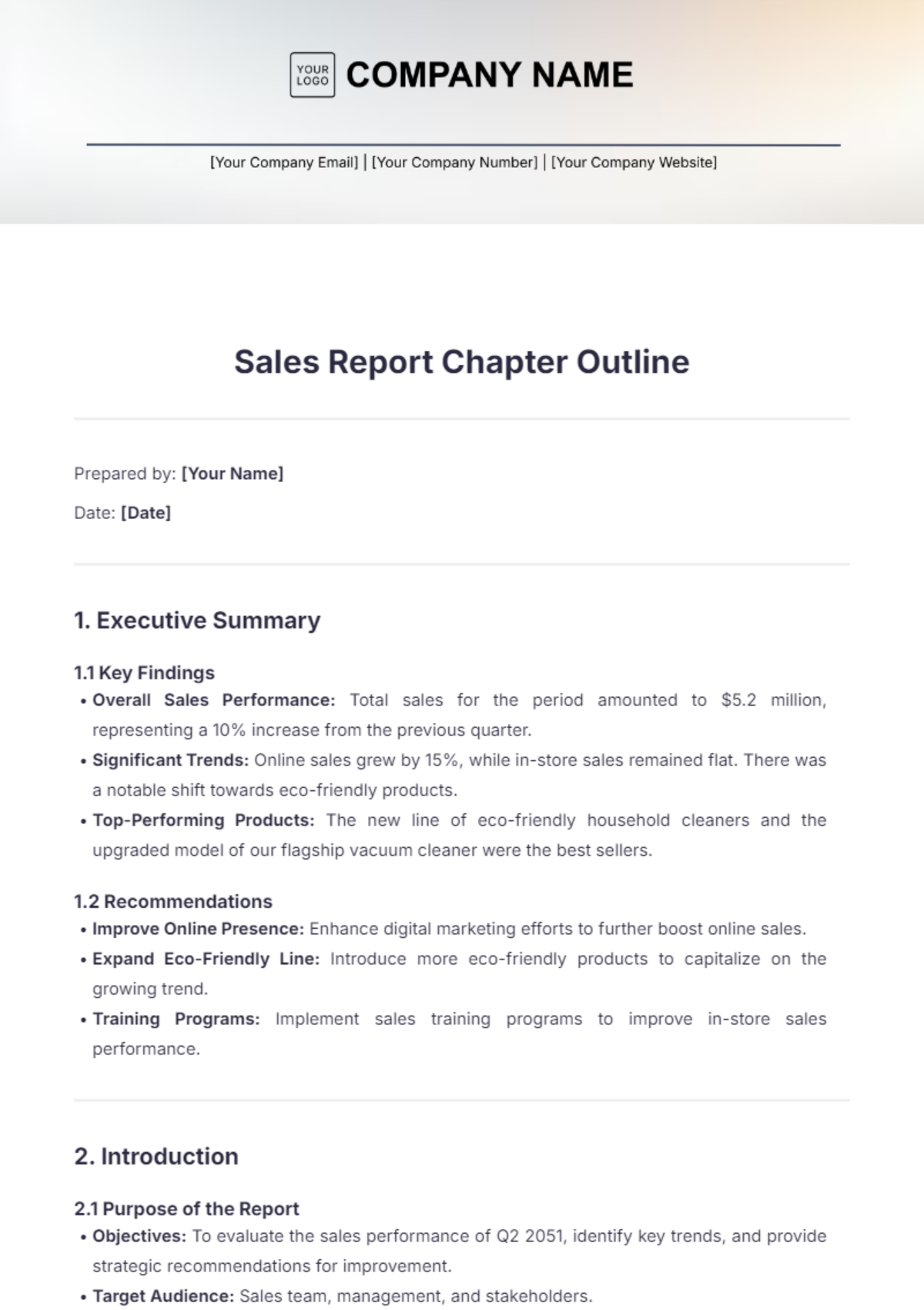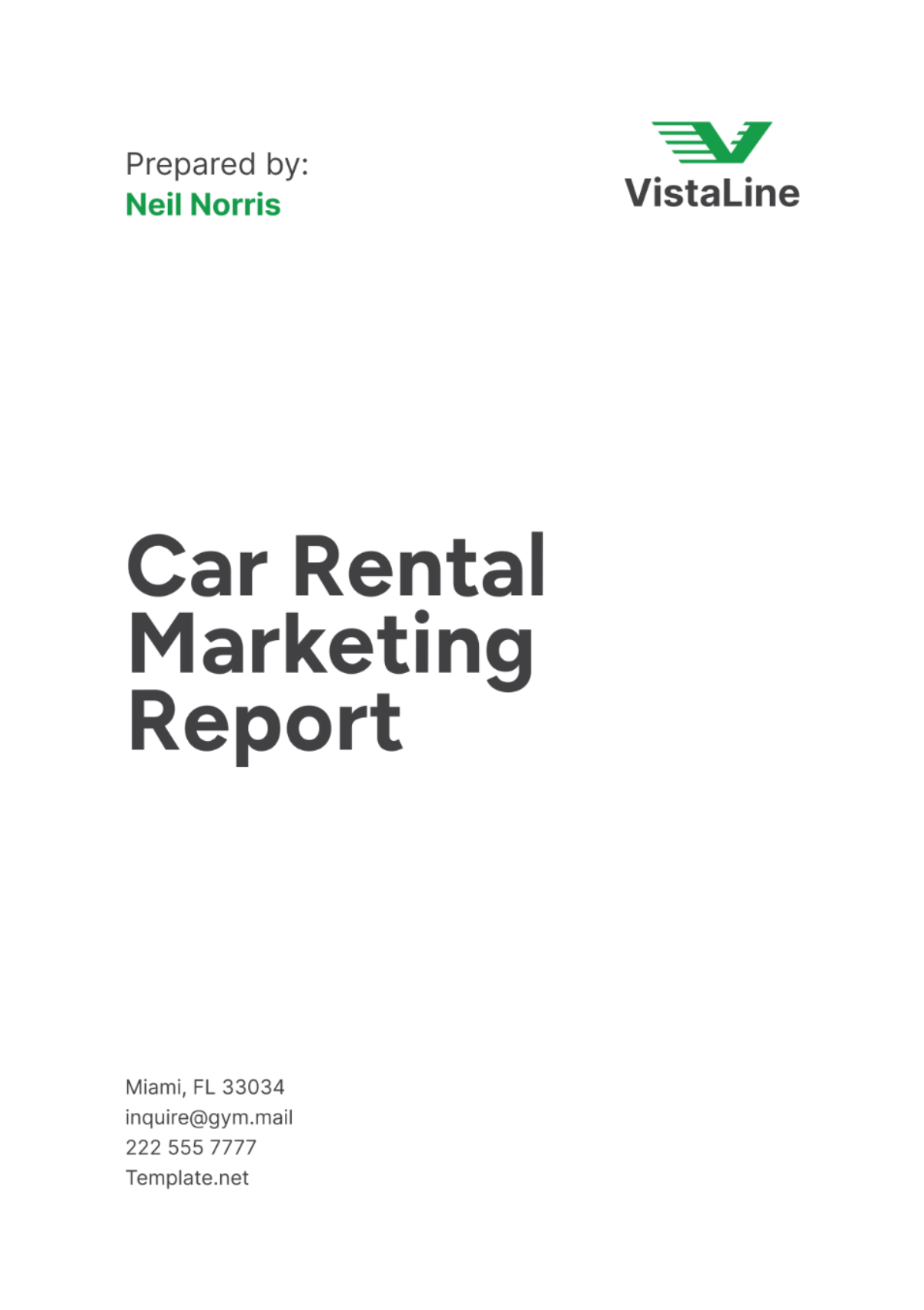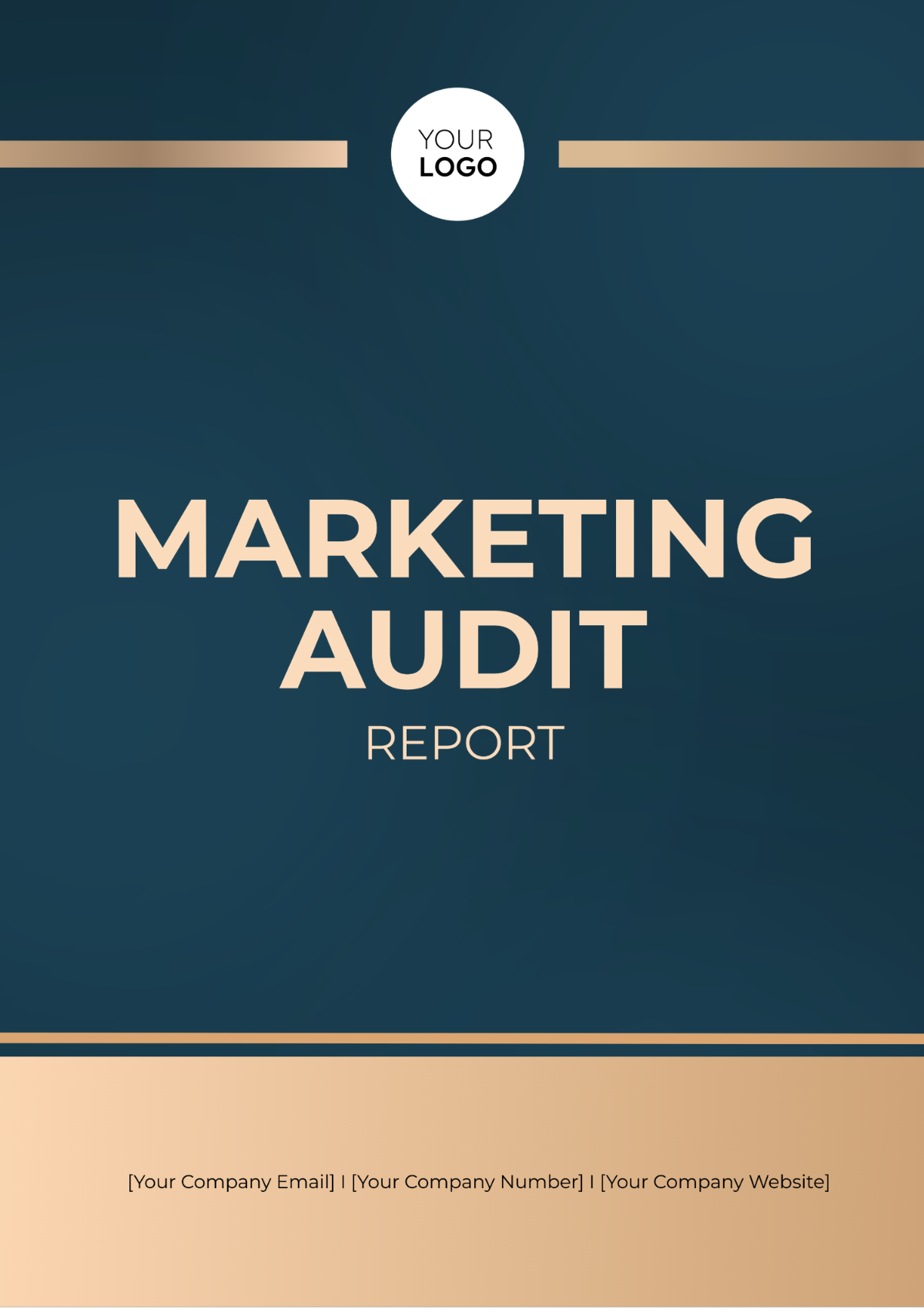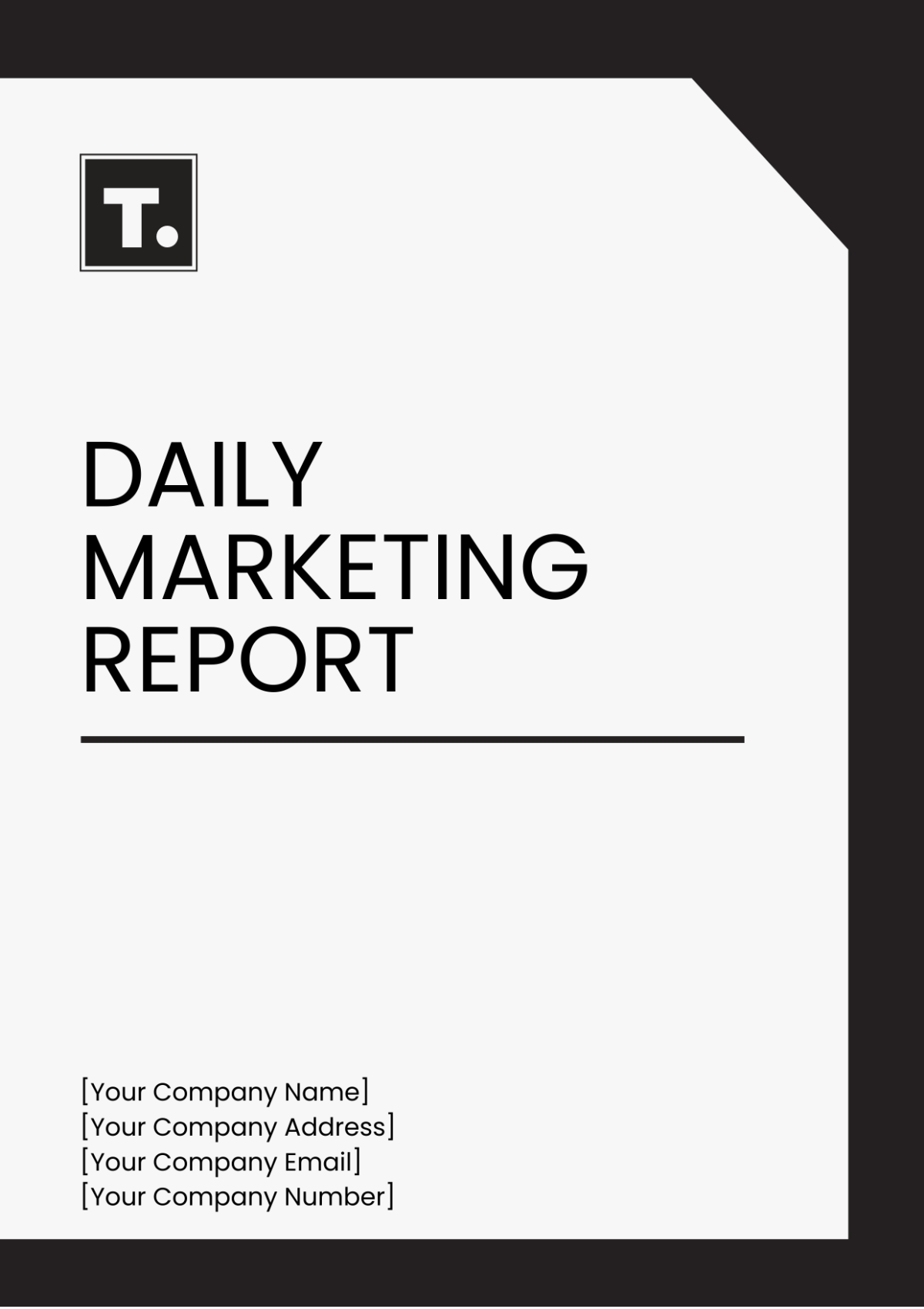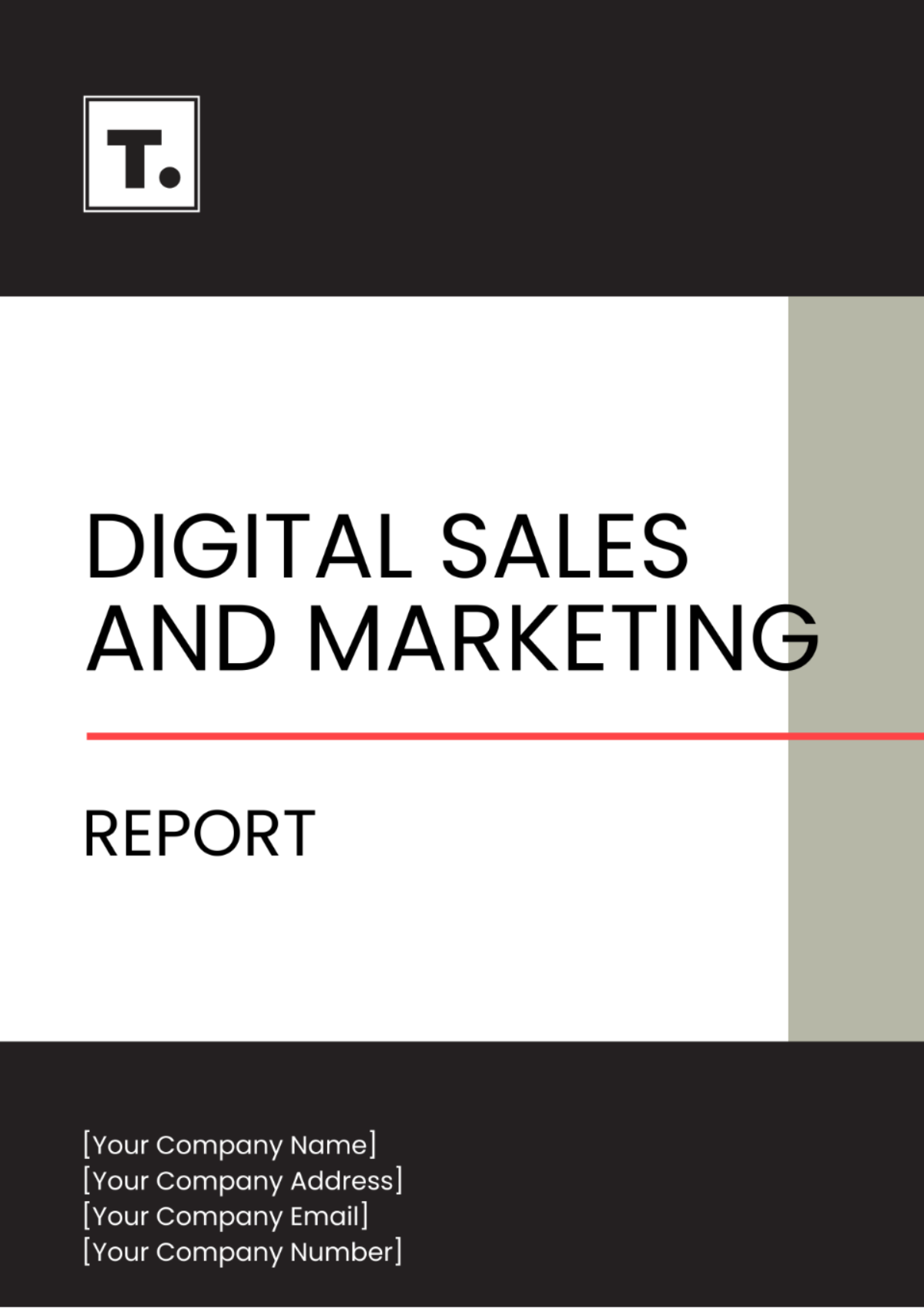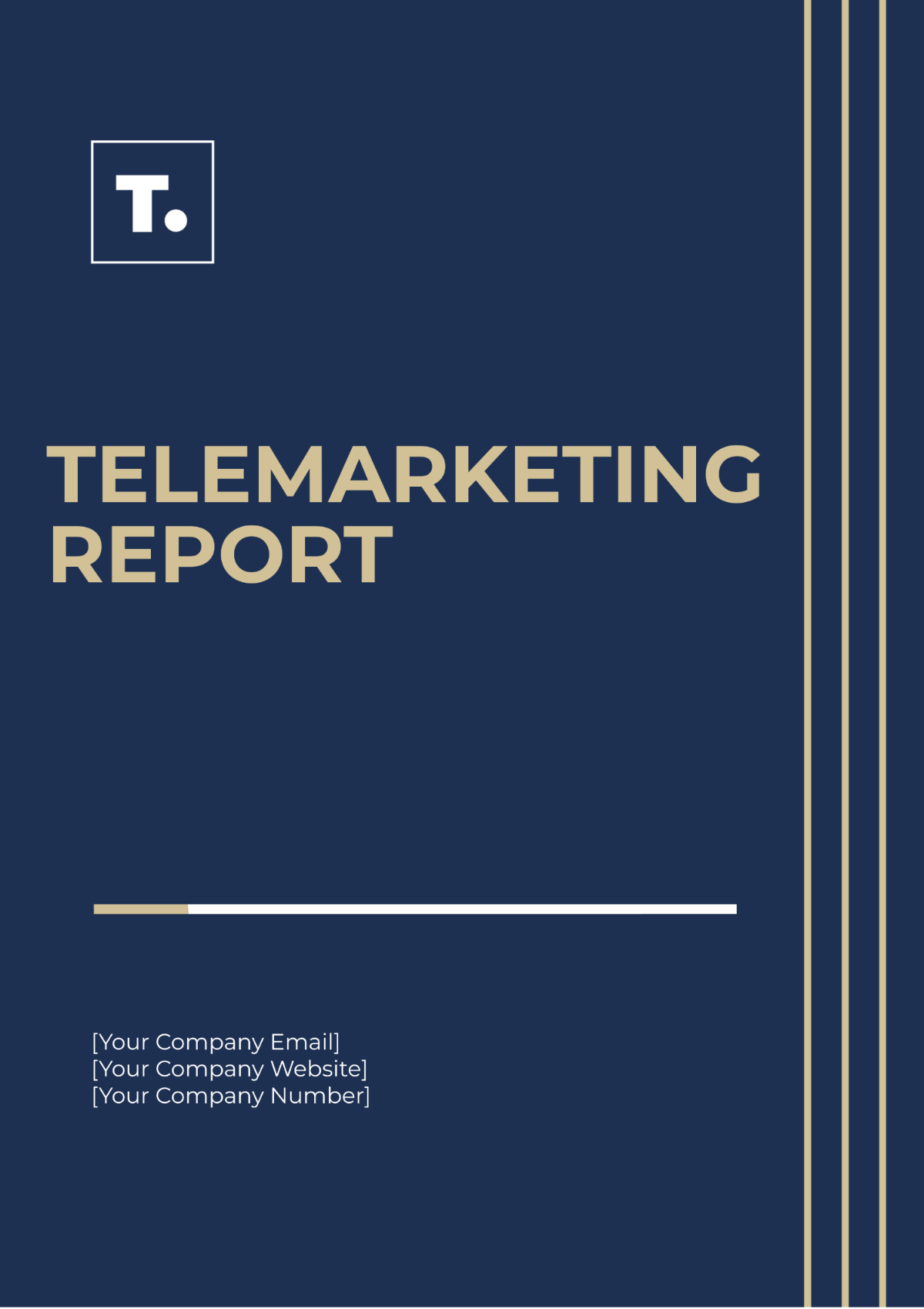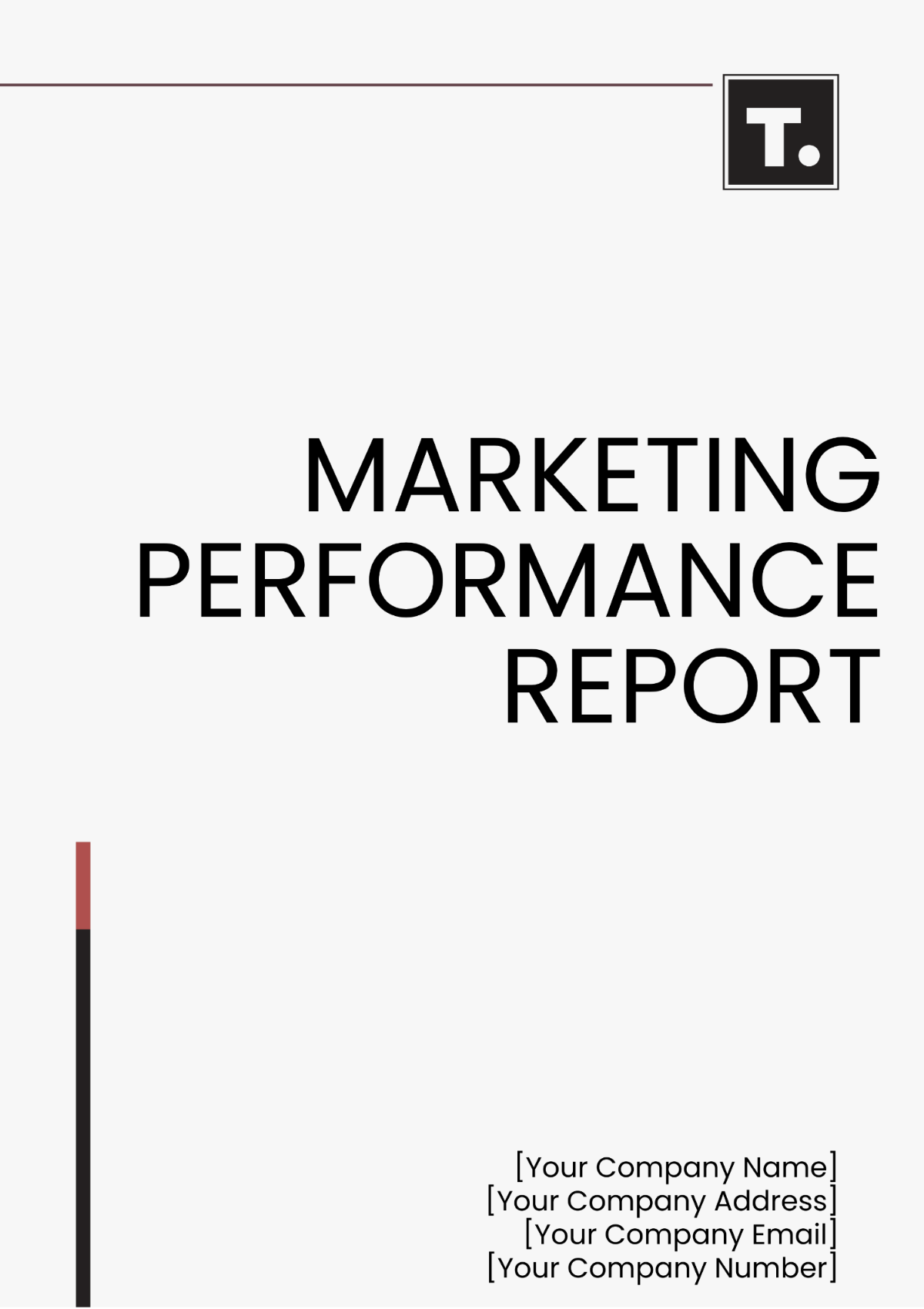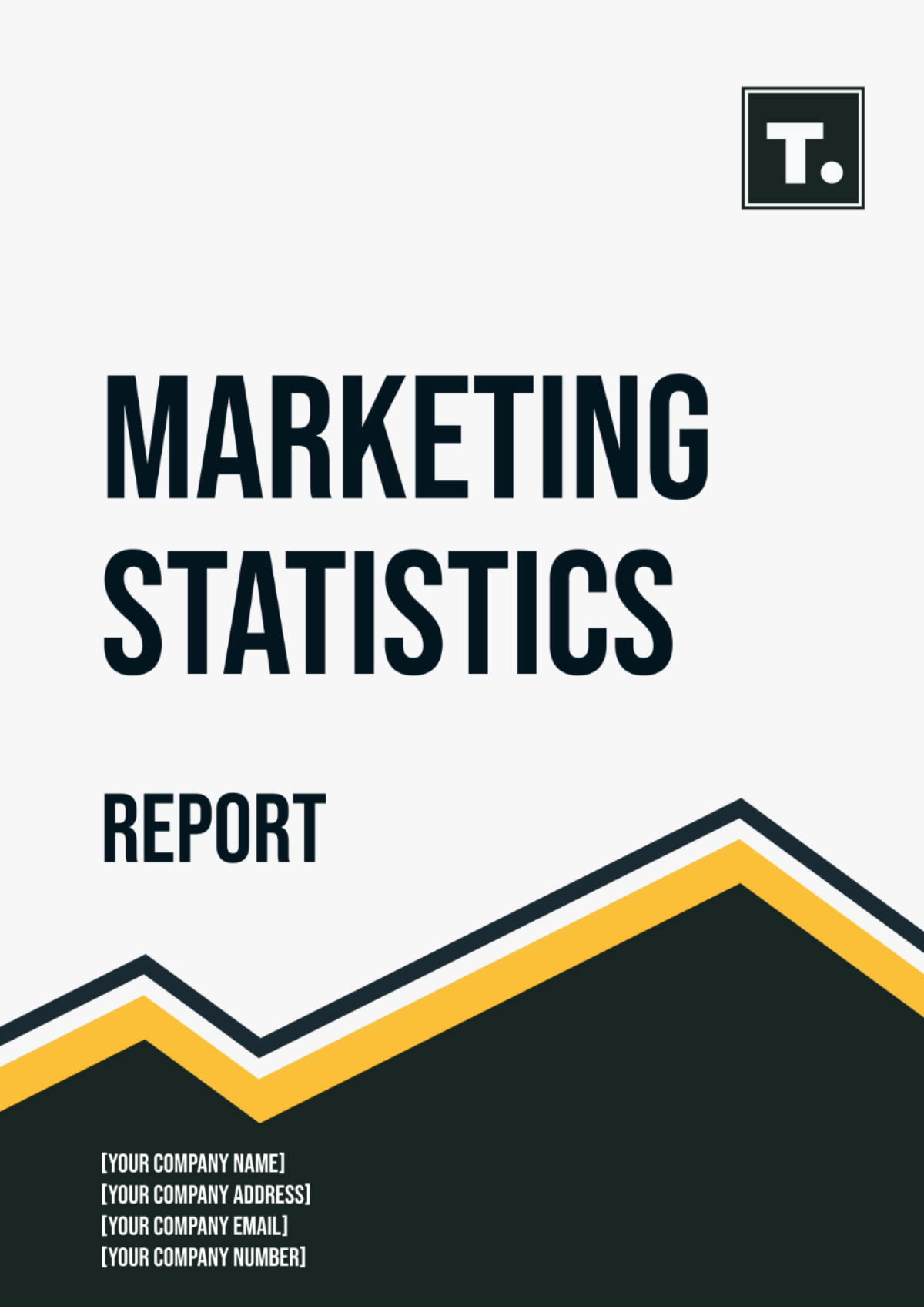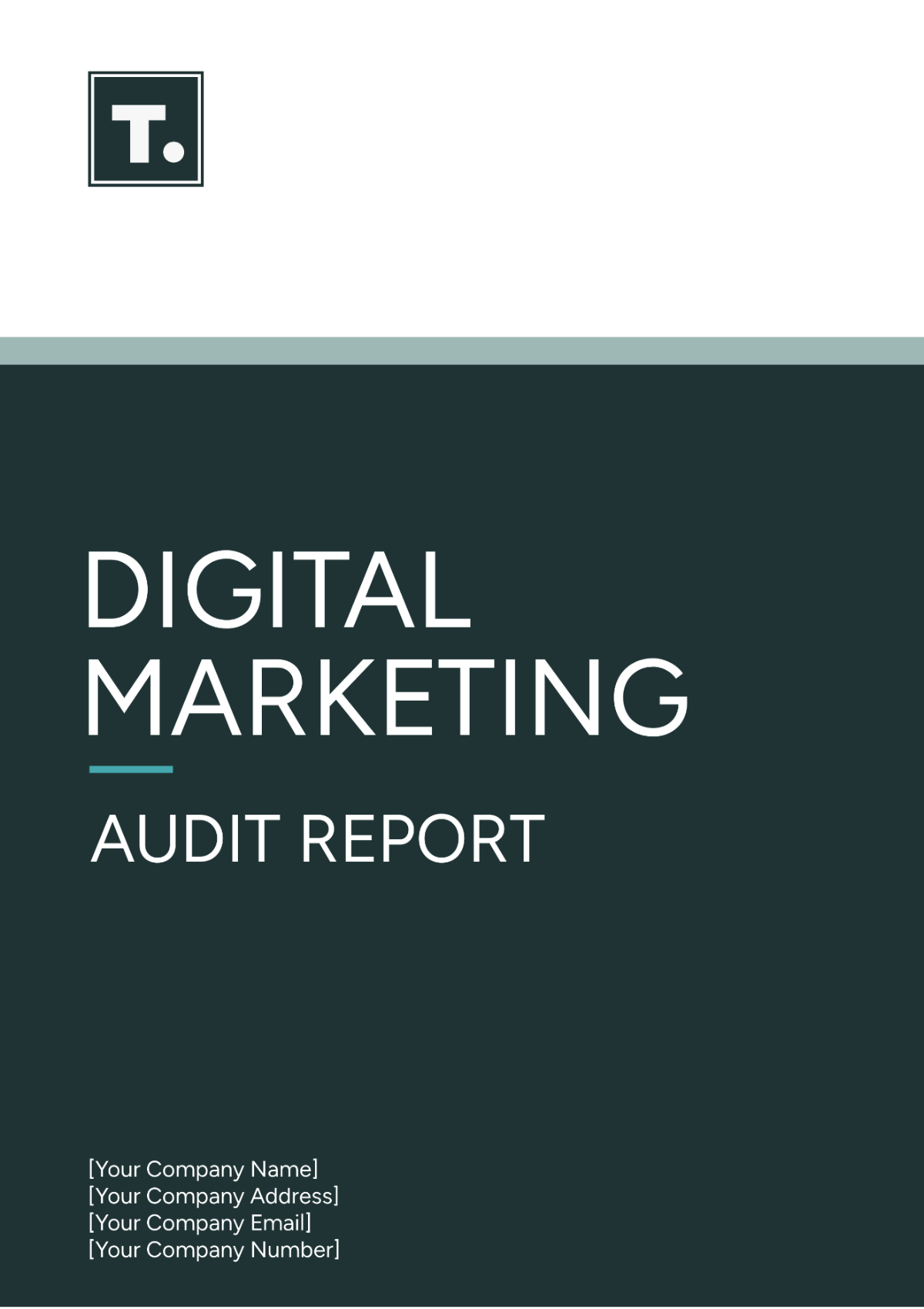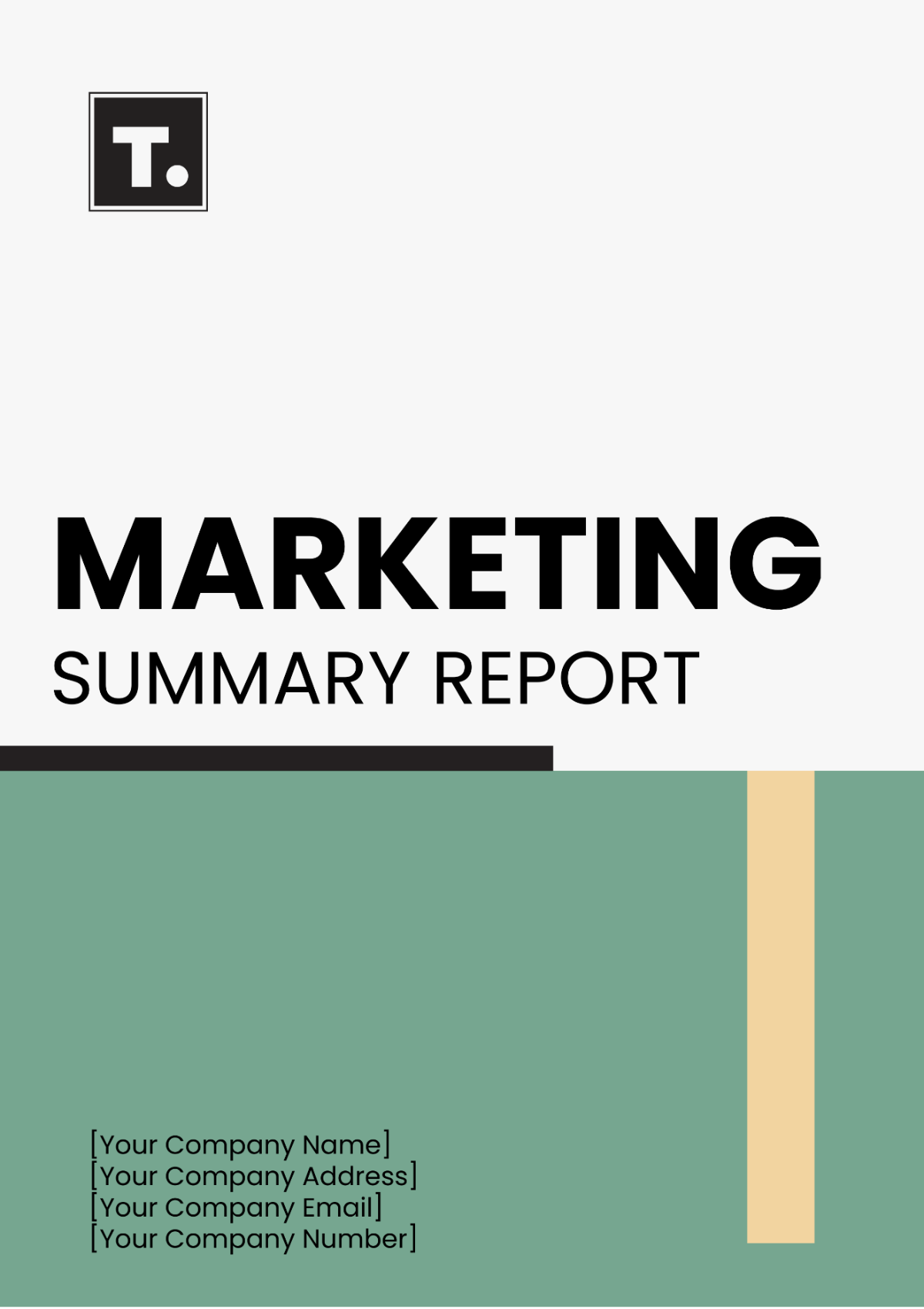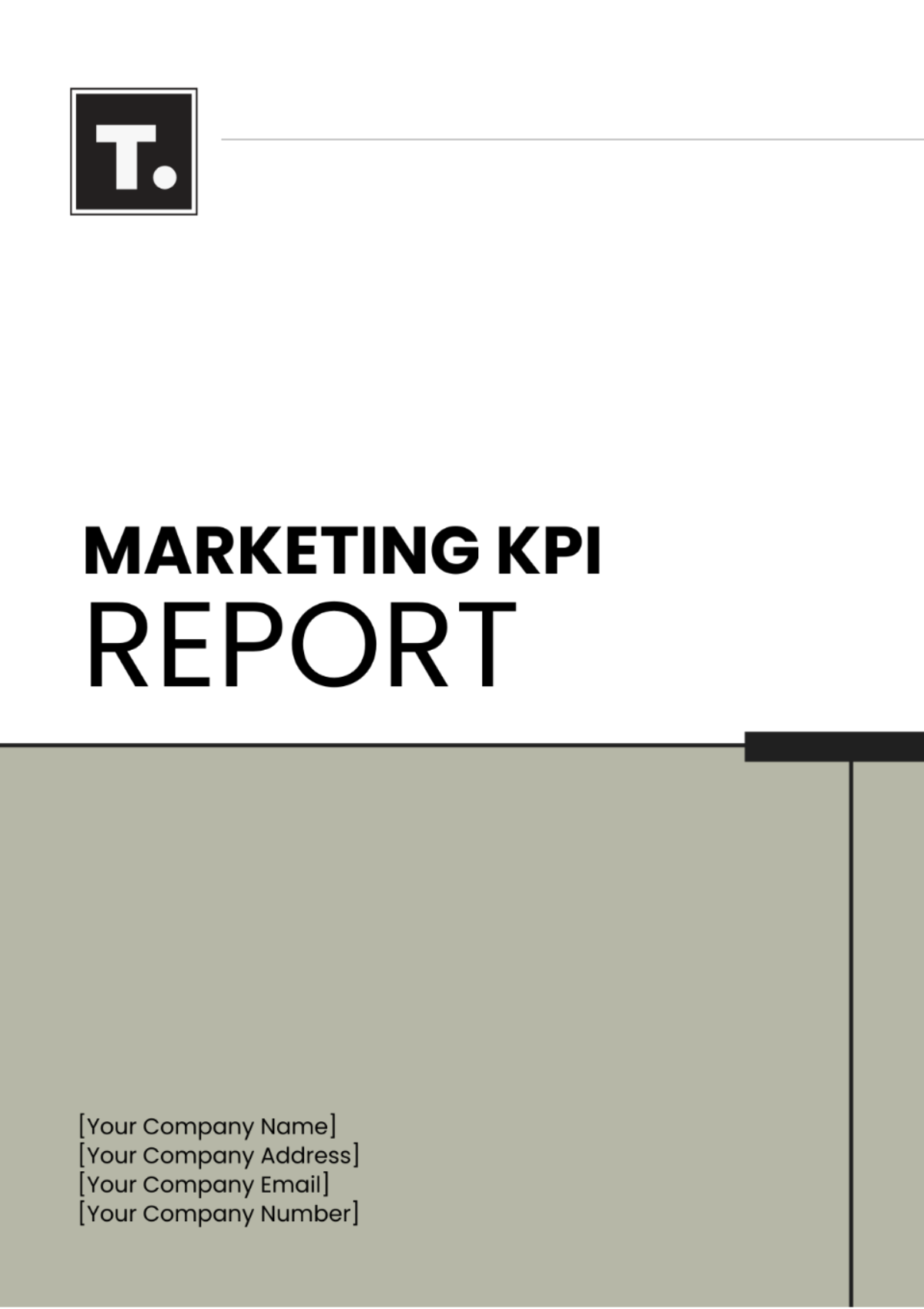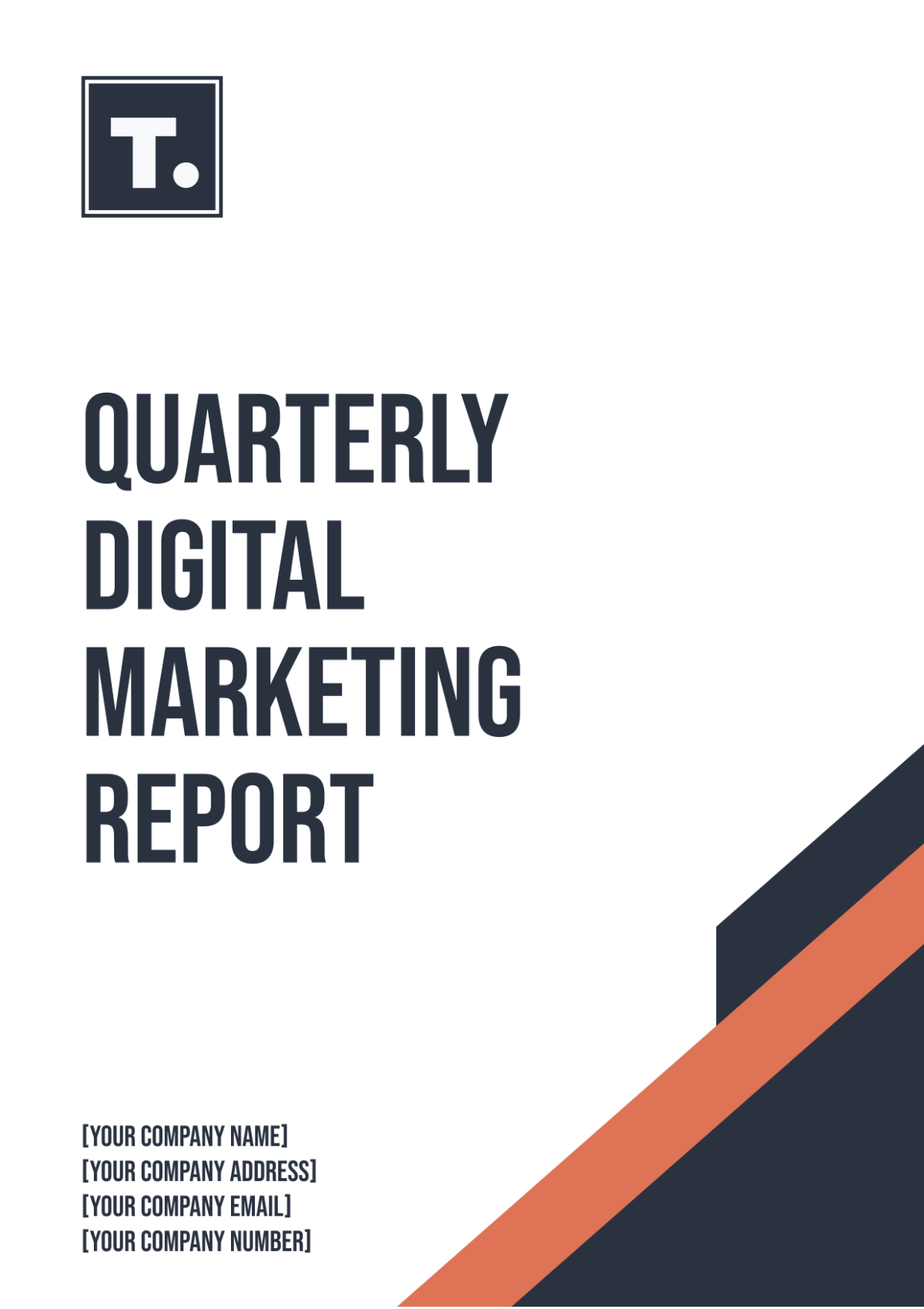Marketing Yearly Performance Report
1. Introduction
The year [Year] has been an eventful one for our marketing department, marked by significant shifts in the industry landscape, evolving consumer behavior, and innovative campaigns. This report provides an in-depth look at how our marketing initiatives fared in this dynamic environment.
2. Goals and Objectives
Annual Goals: Our primary goals for [Year] were to increase brand visibility, boost website traffic by 30%, and grow our social media engagement by 25%.
Objective Analysis: We successfully achieved our brand visibility goal and exceeded our website traffic target. However, social media engagement fell slightly short of the set objective.
KPI Alignment: These goals were closely aligned with our KPIs, reinforcing our focus on measurable success.
3. Key Performance Indicators (KPIs)
Overview: Our primary KPIs included website traffic, social media engagement, email conversion rates, and customer acquisition cost.
KPI Performance: We saw a 35% increase in website traffic, a 22% growth in social media engagement, a 15% rise in email conversion rates, and a 10% reduction in customer acquisition costs.
Trends and Insights: The rise in website traffic was driven by our content marketing efforts, indicating its efficacy as a traffic source.
4. Highlights and Achievements
Campaign Highlights: The "Summer Adventure Series" was a standout campaign, contributing to a 40% increase in website traffic during the summer months.
Achievements: We achieved record-breaking revenue, with a 50% YoY increase in sales and a 60% increase in customer loyalty program sign-ups.
5. Challenges and Lessons Learned
Challenges Faced: Adapting to the ever-evolving social media algorithms and rising ad costs presented challenges, while competition in the digital space grew.
Lessons Learned: We learned the importance of agility in marketing strategies and the value of diversifying our advertising channels.
6. Budget Allocation and ROI
Budget Overview: Our marketing budget for [Year] was $2.5 million, with 40% allocated to digital advertising, 30% to content marketing, 20% to social media, and 10% to email marketing.
Spending Breakdown: ROI analysis revealed that digital advertising delivered a 250% return, content marketing achieved a 180% return, social media generated a 120% return, and email marketing realized a 90% return on investment.
7. Future Strategies and Recommendations
Strategies for the Upcoming Year: In [Year], we will focus on increasing social media engagement and exploring emerging platforms. Content marketing will continue to be a cornerstone, and we plan to leverage data analytics for more targeted campaigns.
Recommendations: To address rising ad costs, we recommend optimizing ad targeting and exploring partnerships with industry influencers.
8. Conclusion
The year [Year] was marked by remarkable achievements and significant growth in our marketing efforts. This report underscores the invaluable lessons learned and the strategic direction that will guide our marketing initiatives in the coming year.






